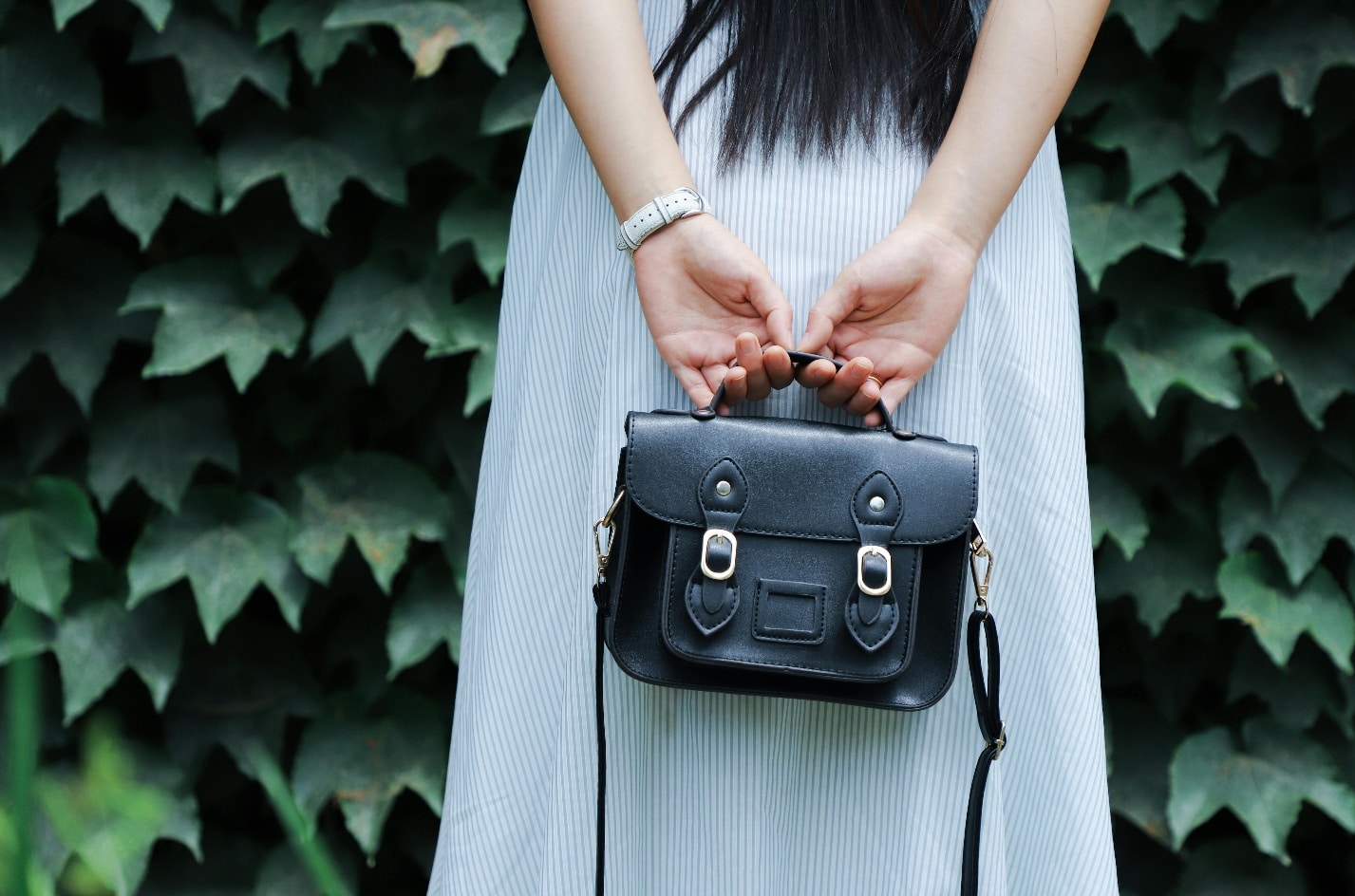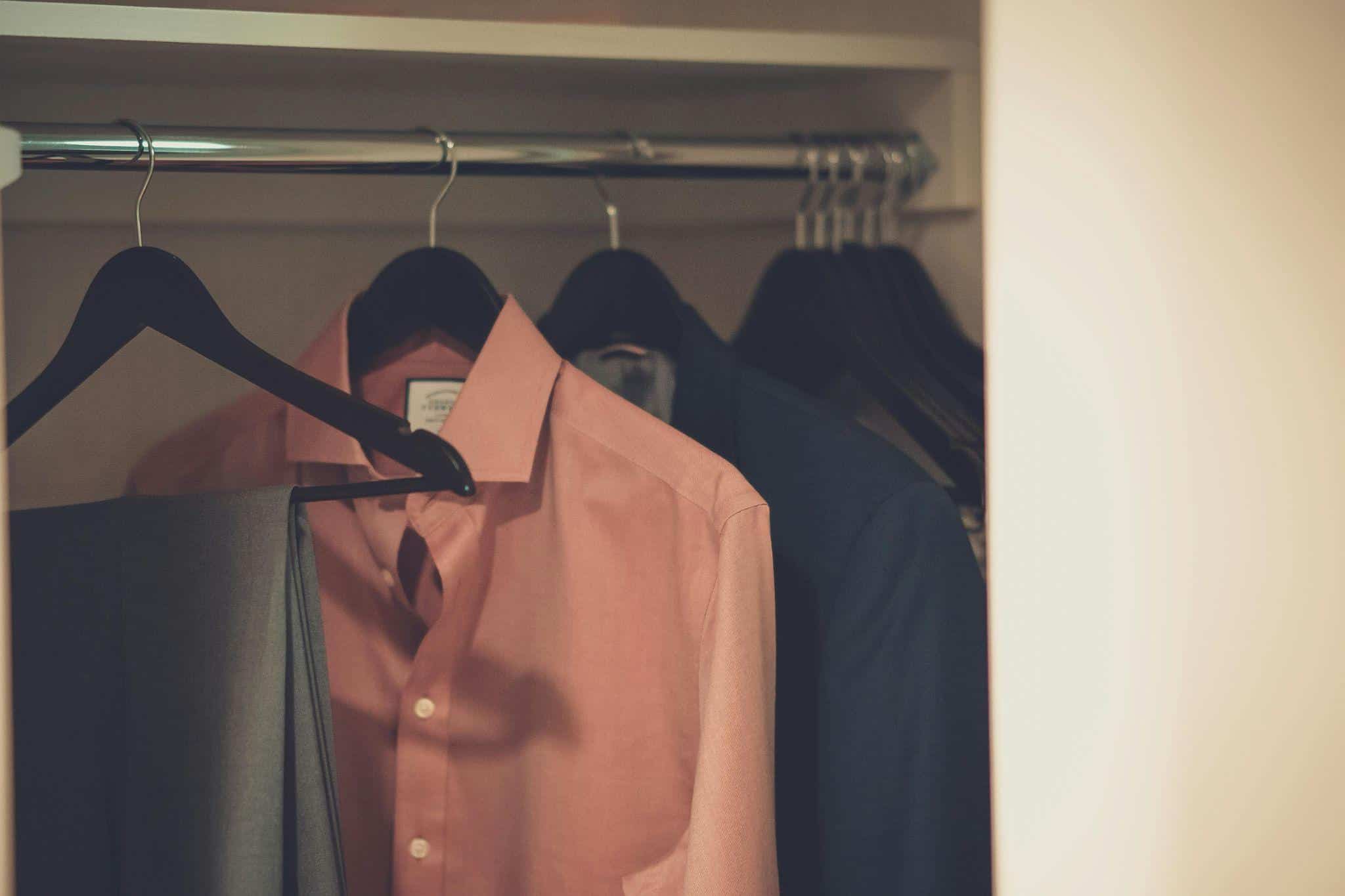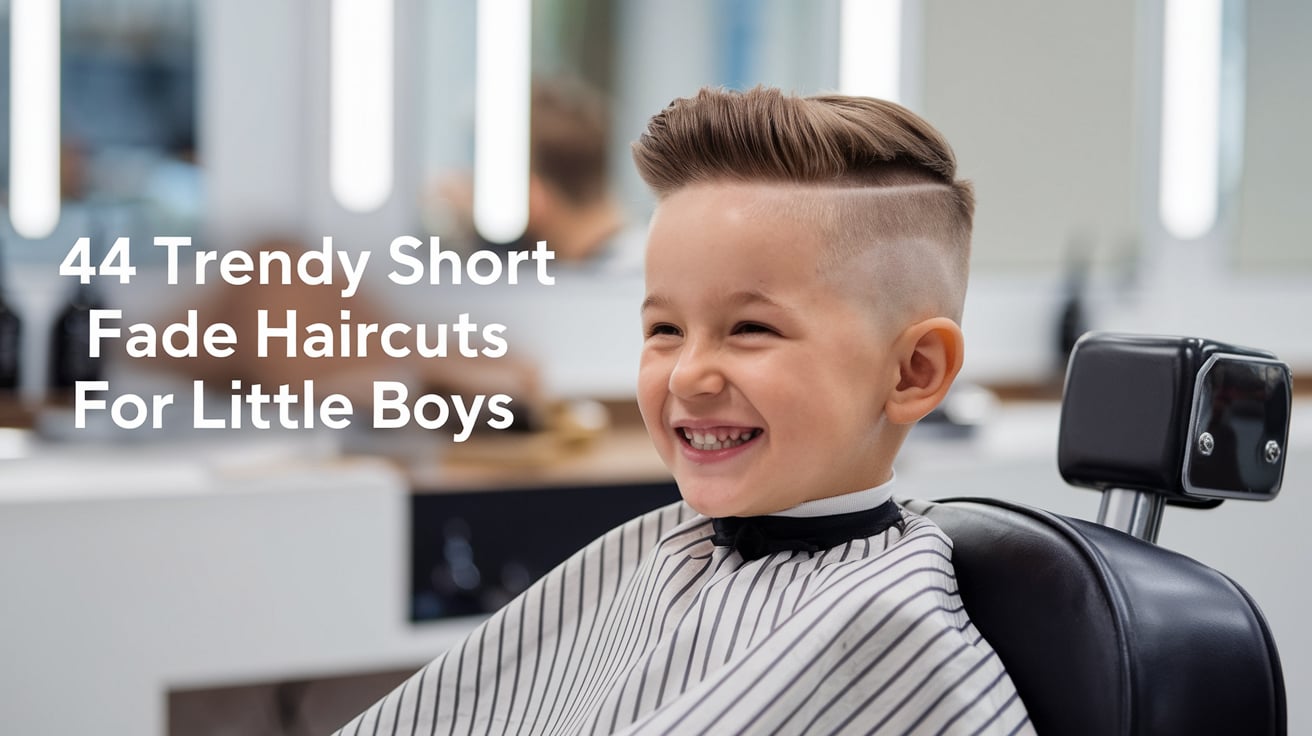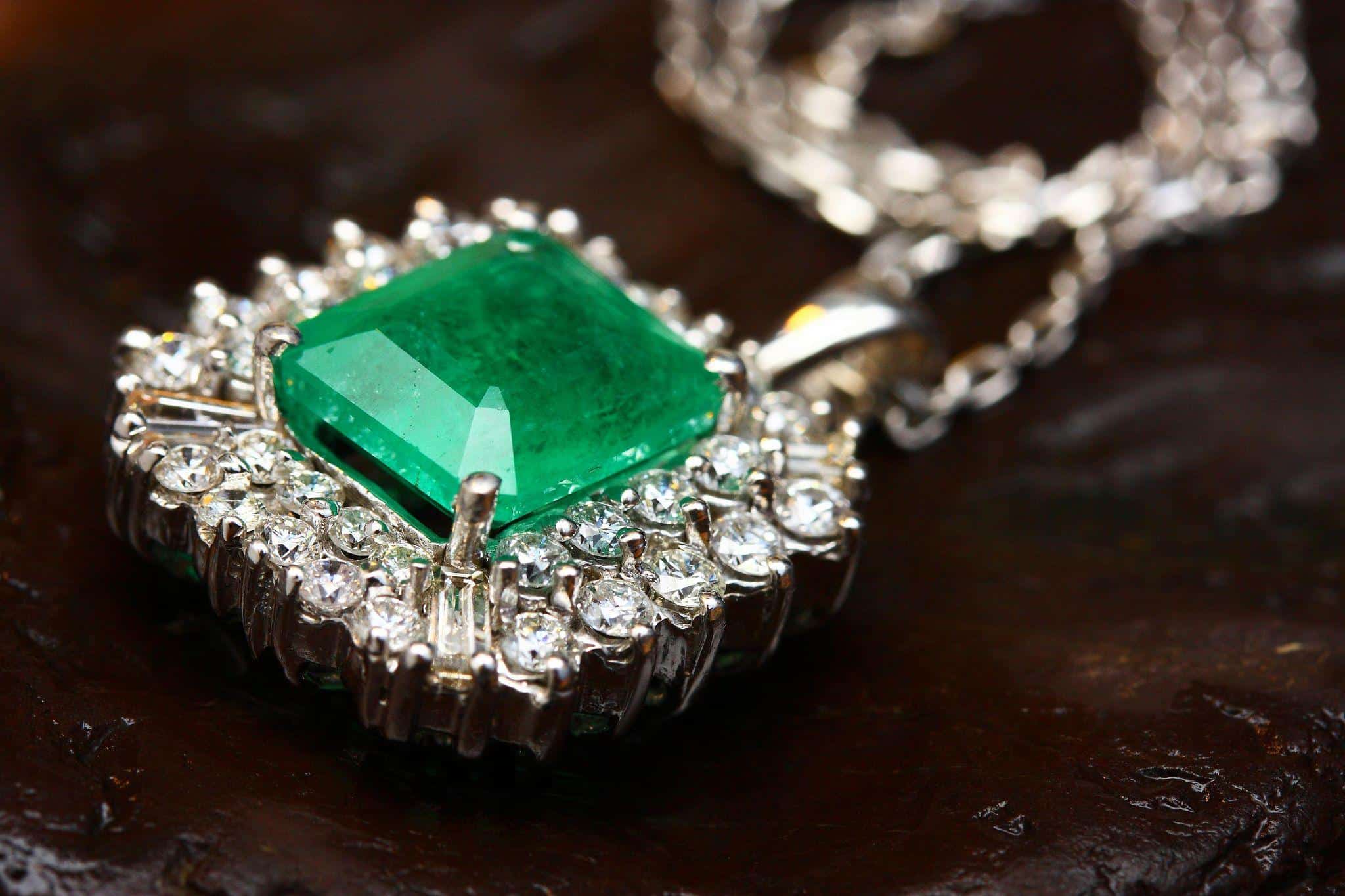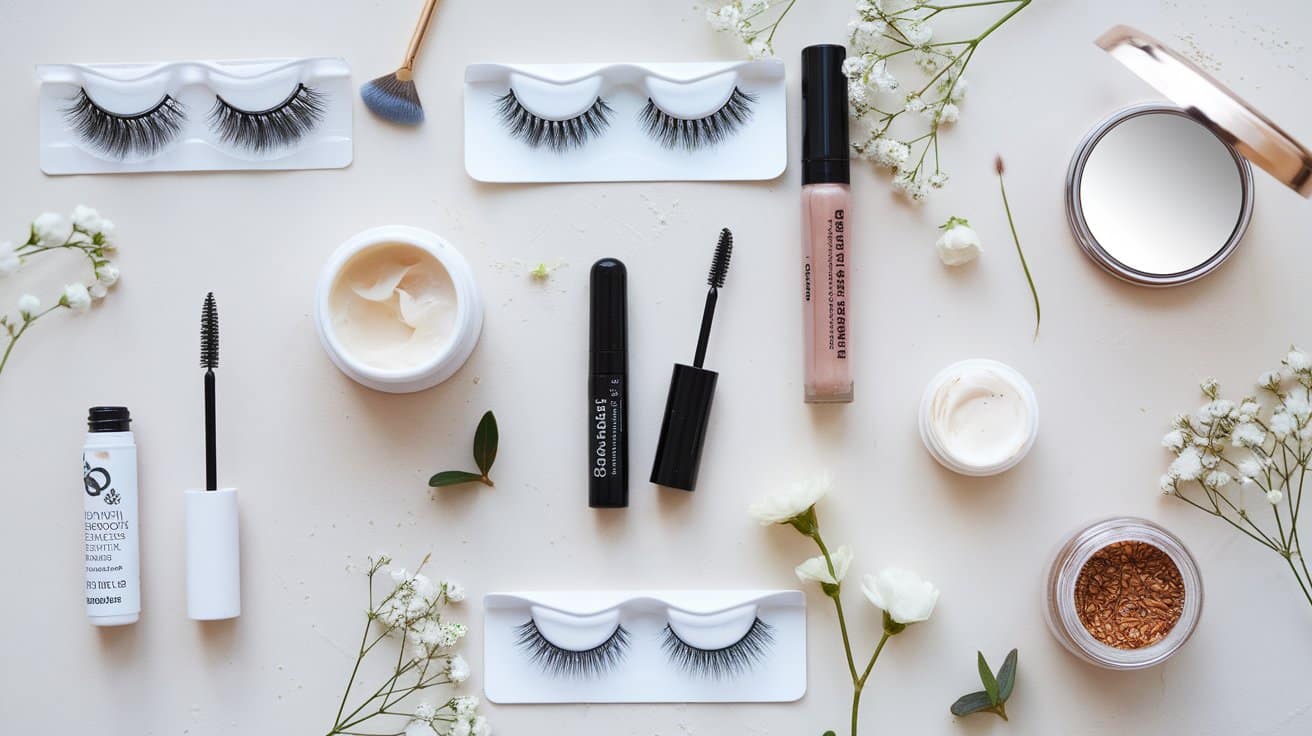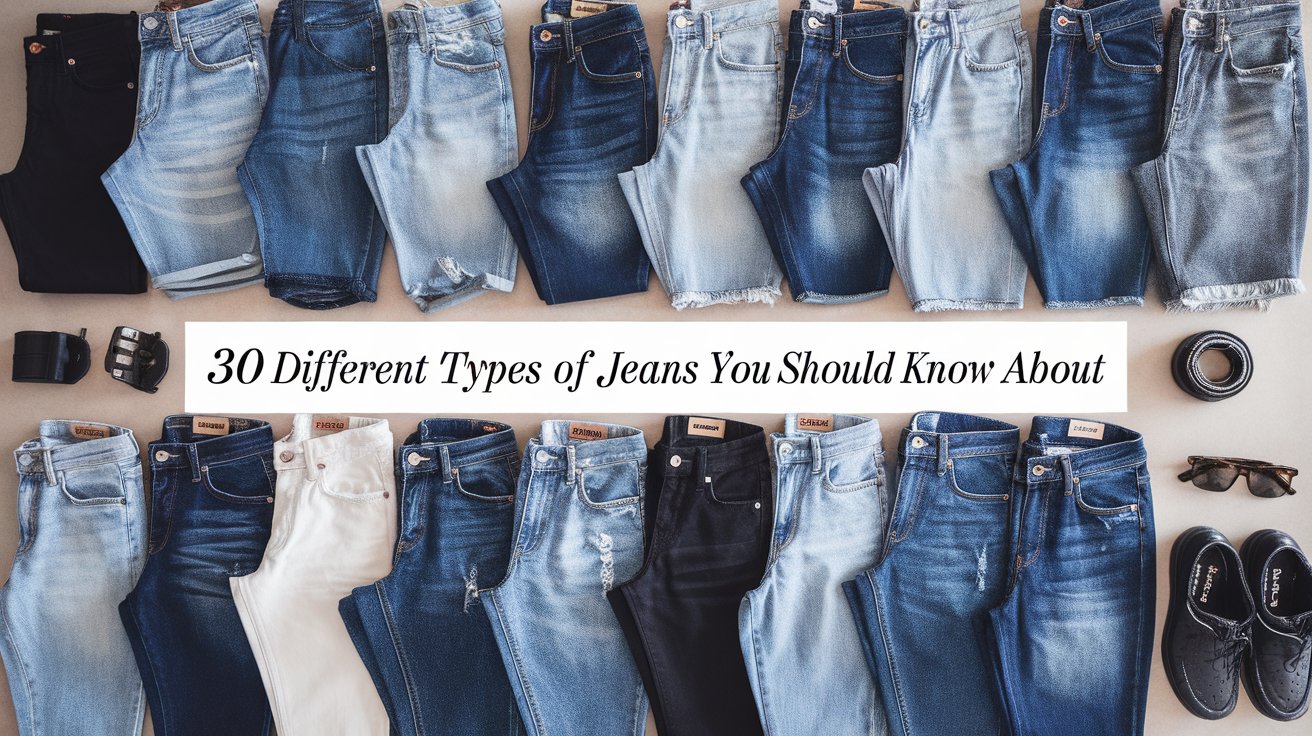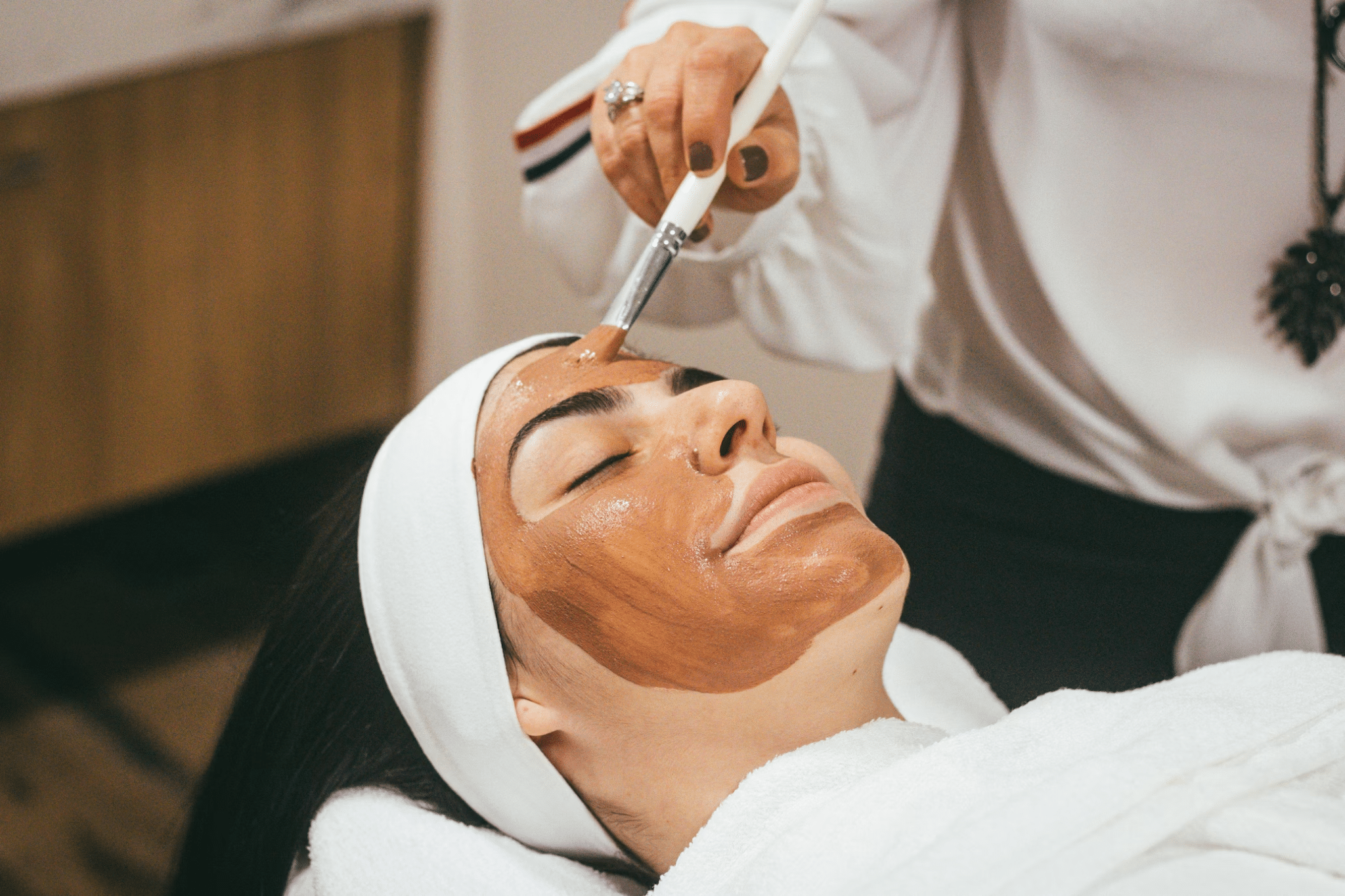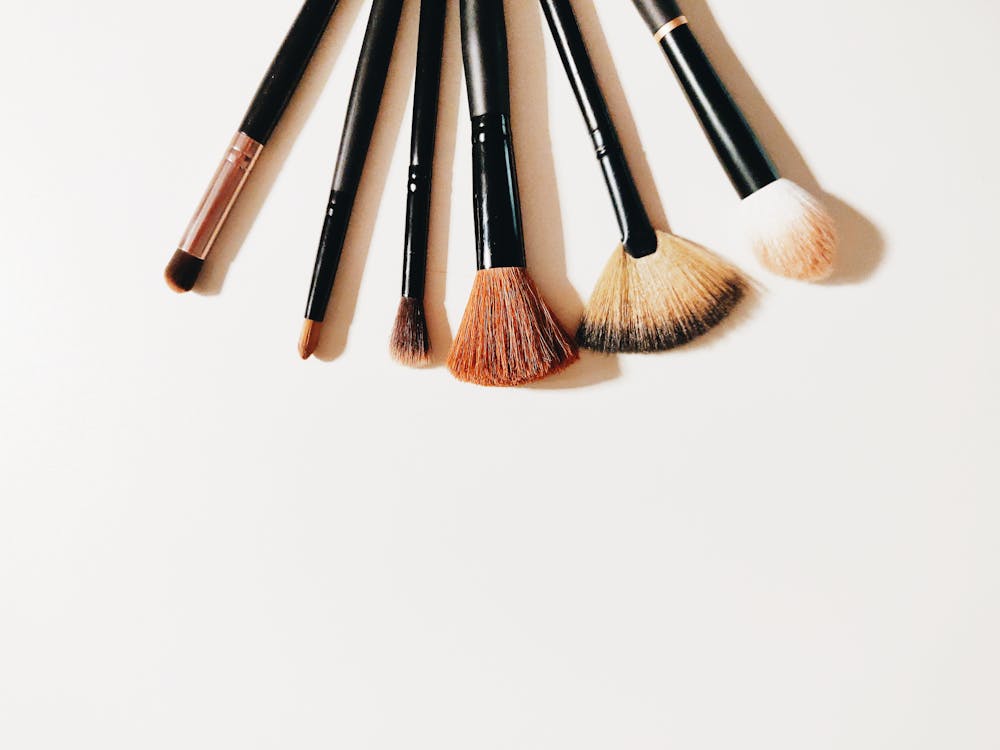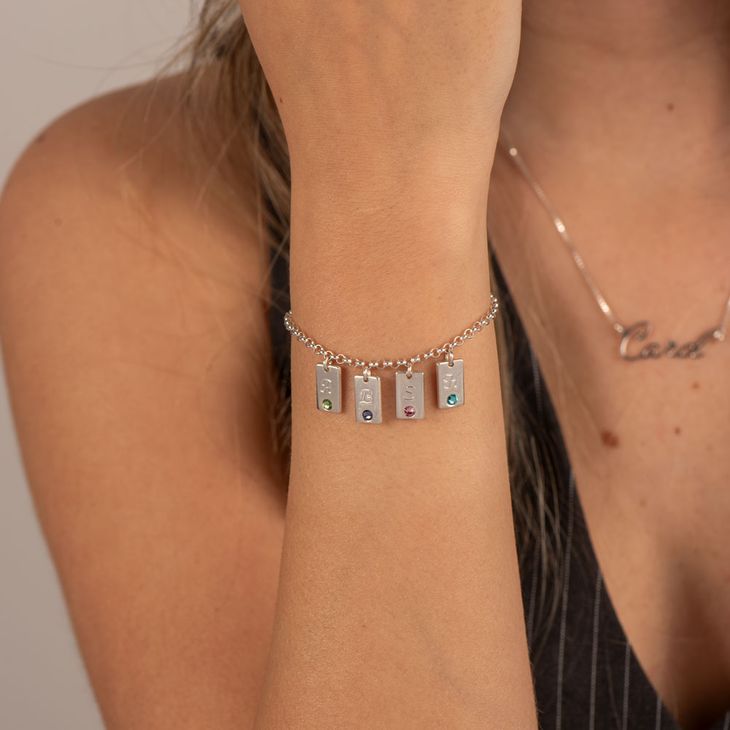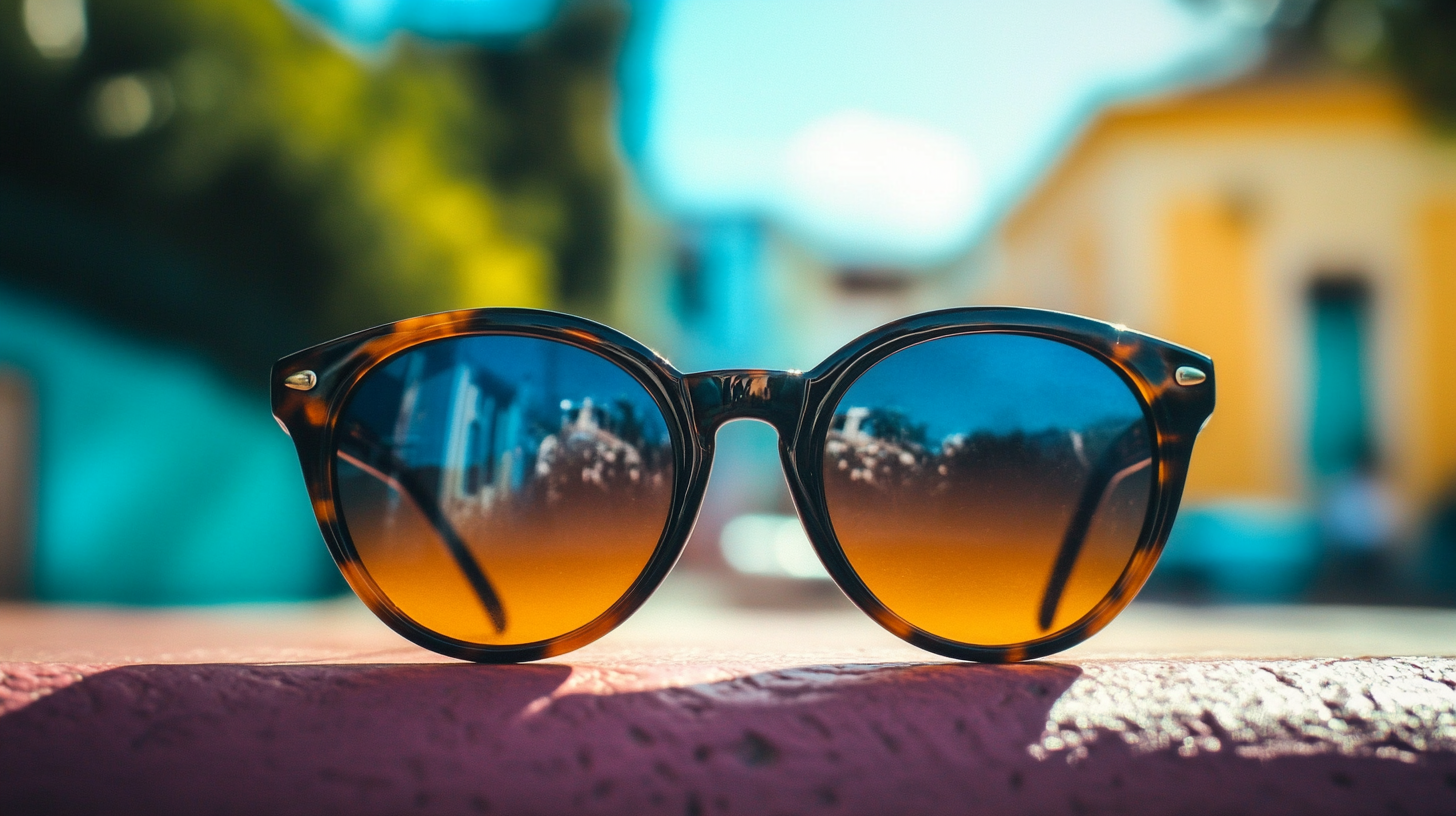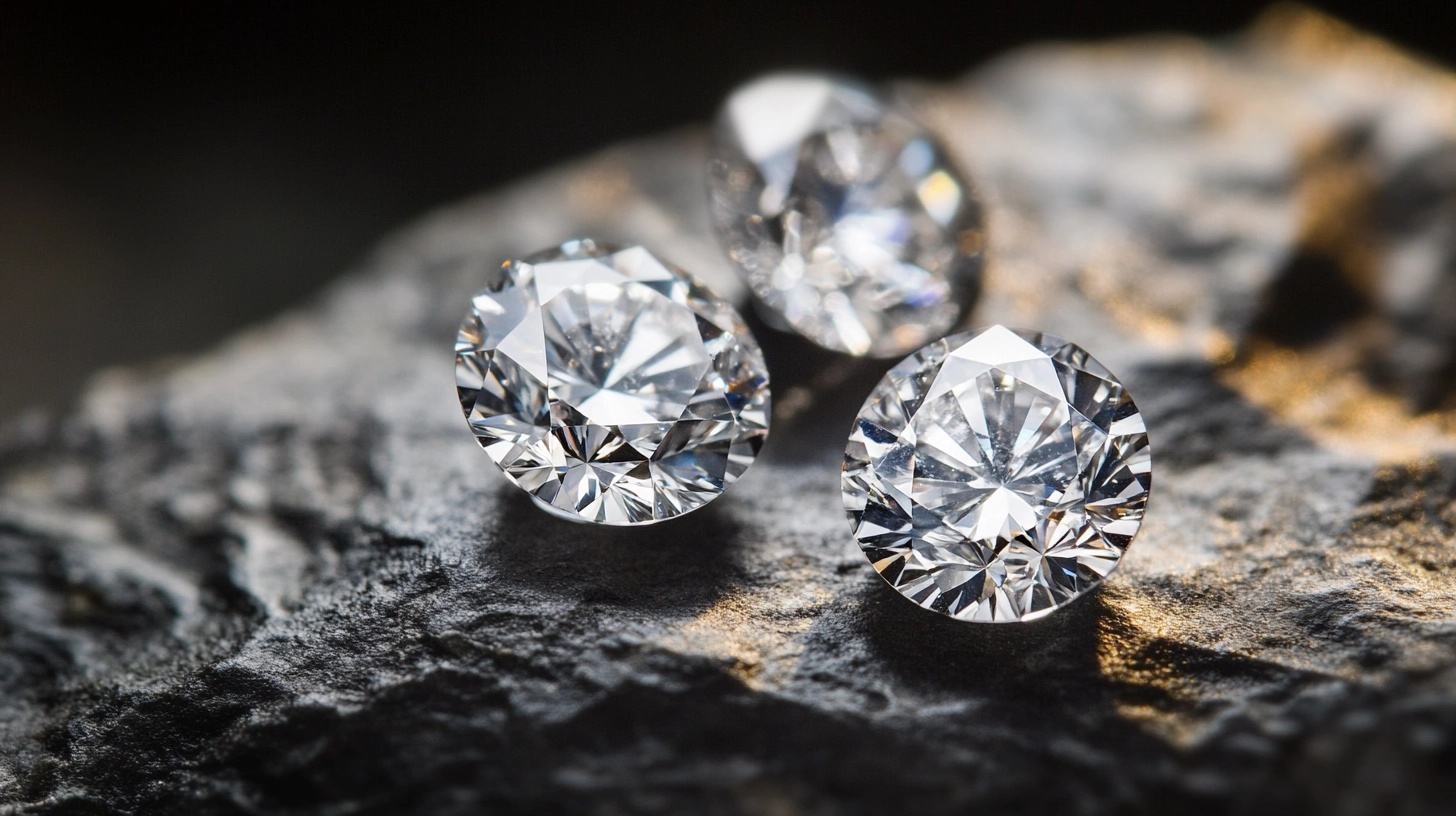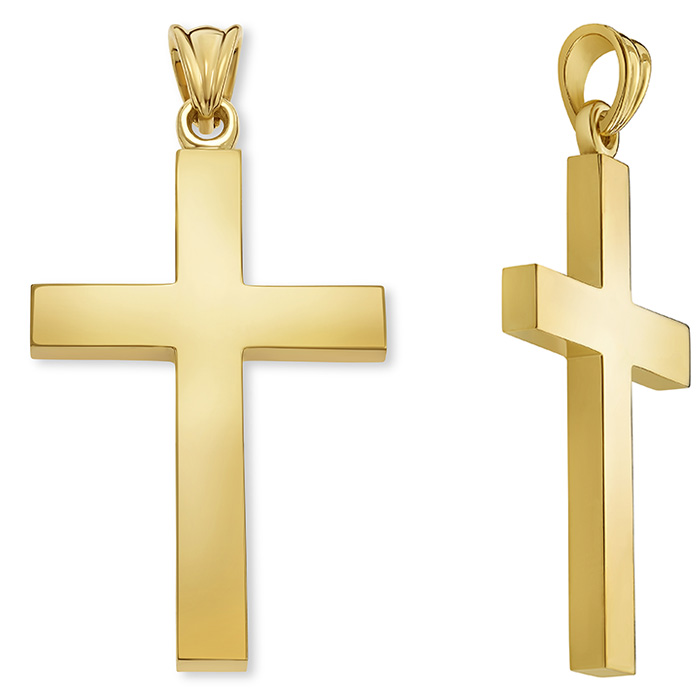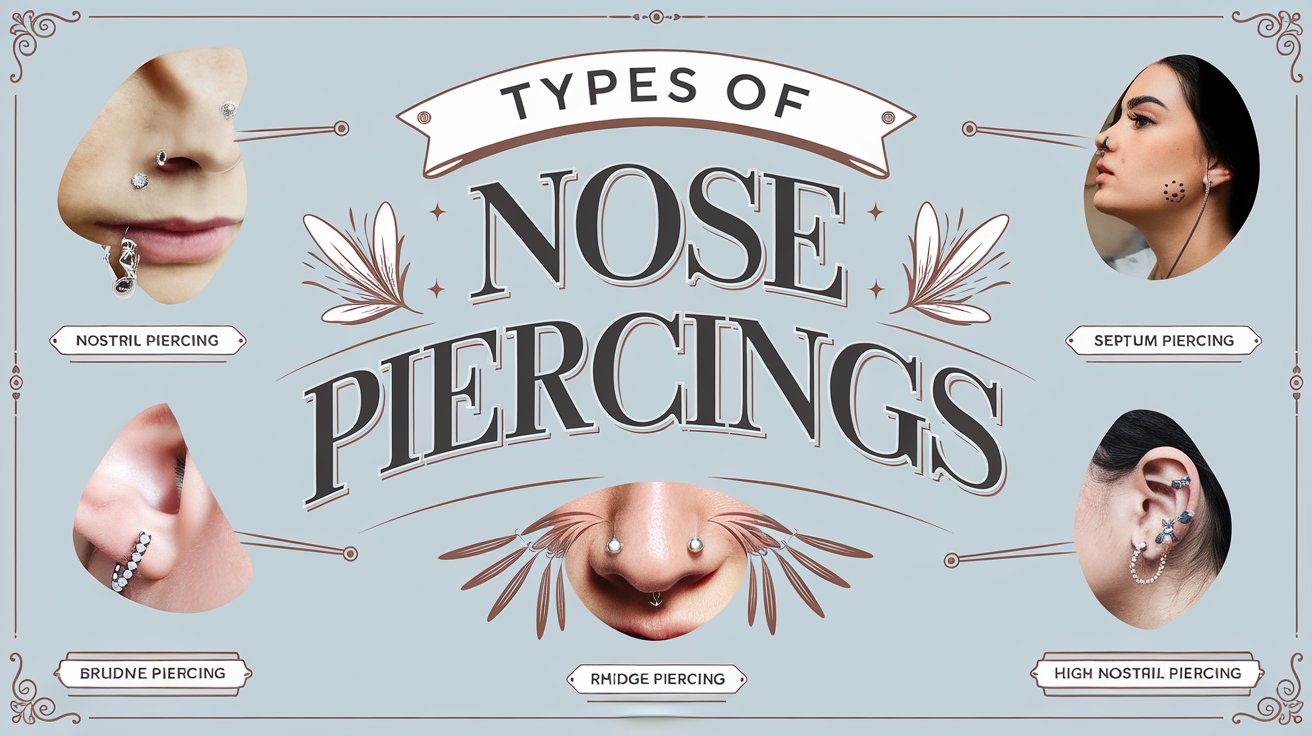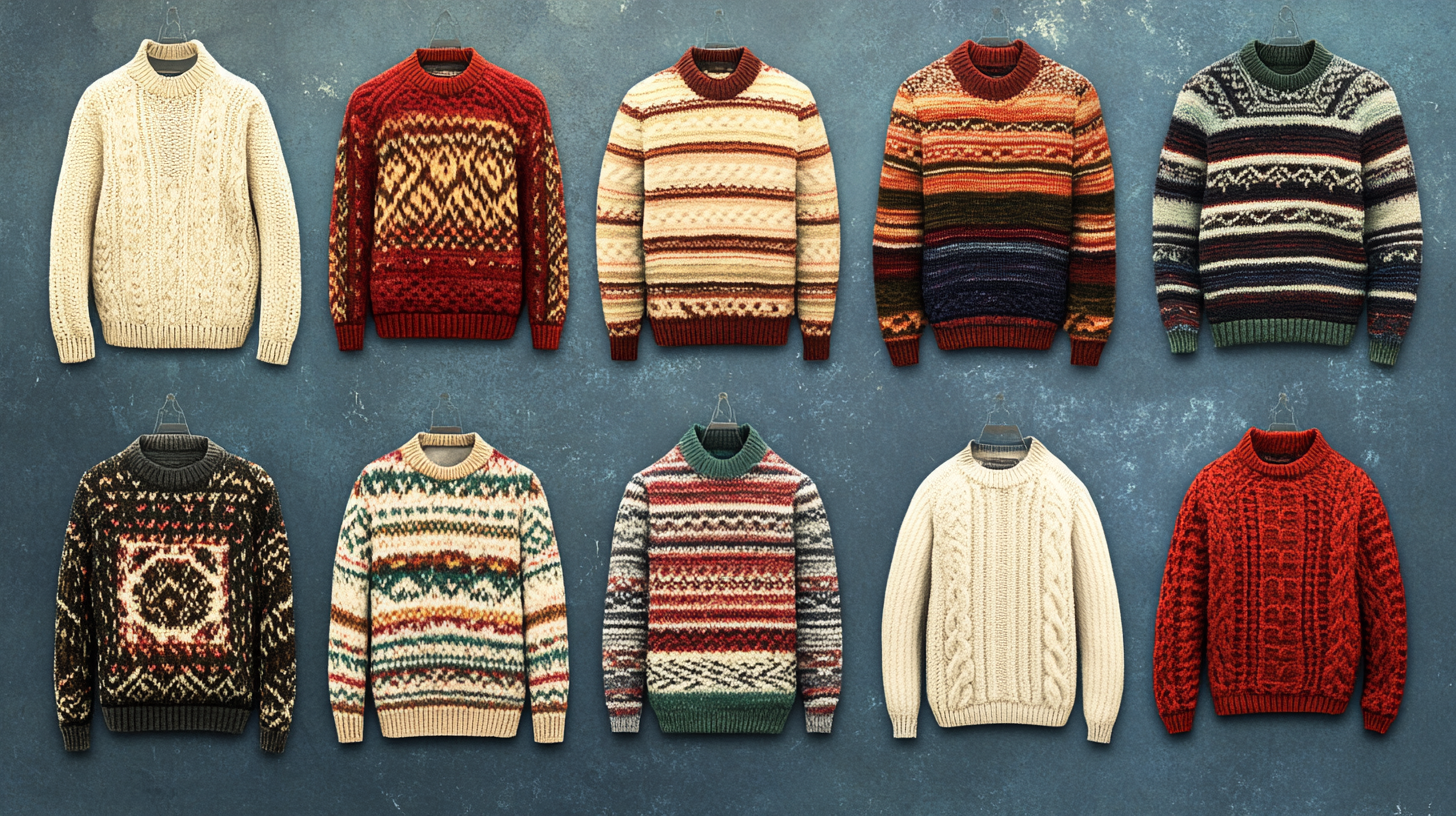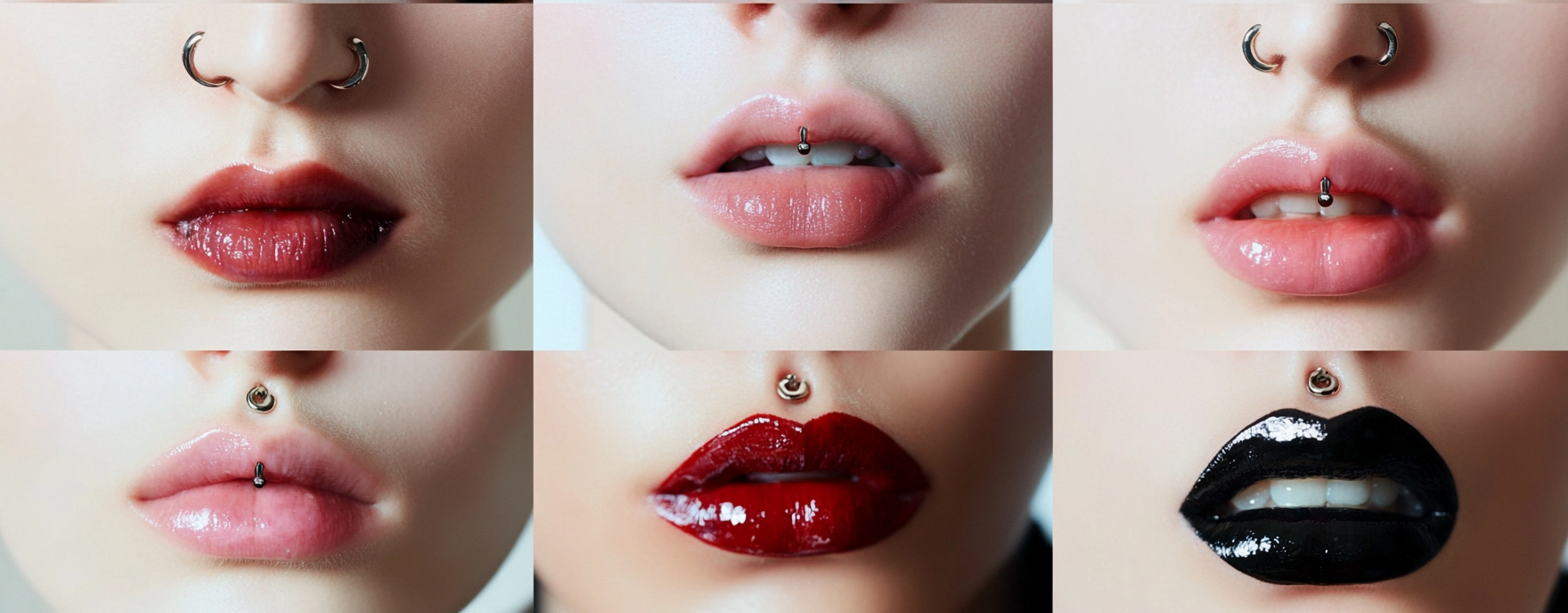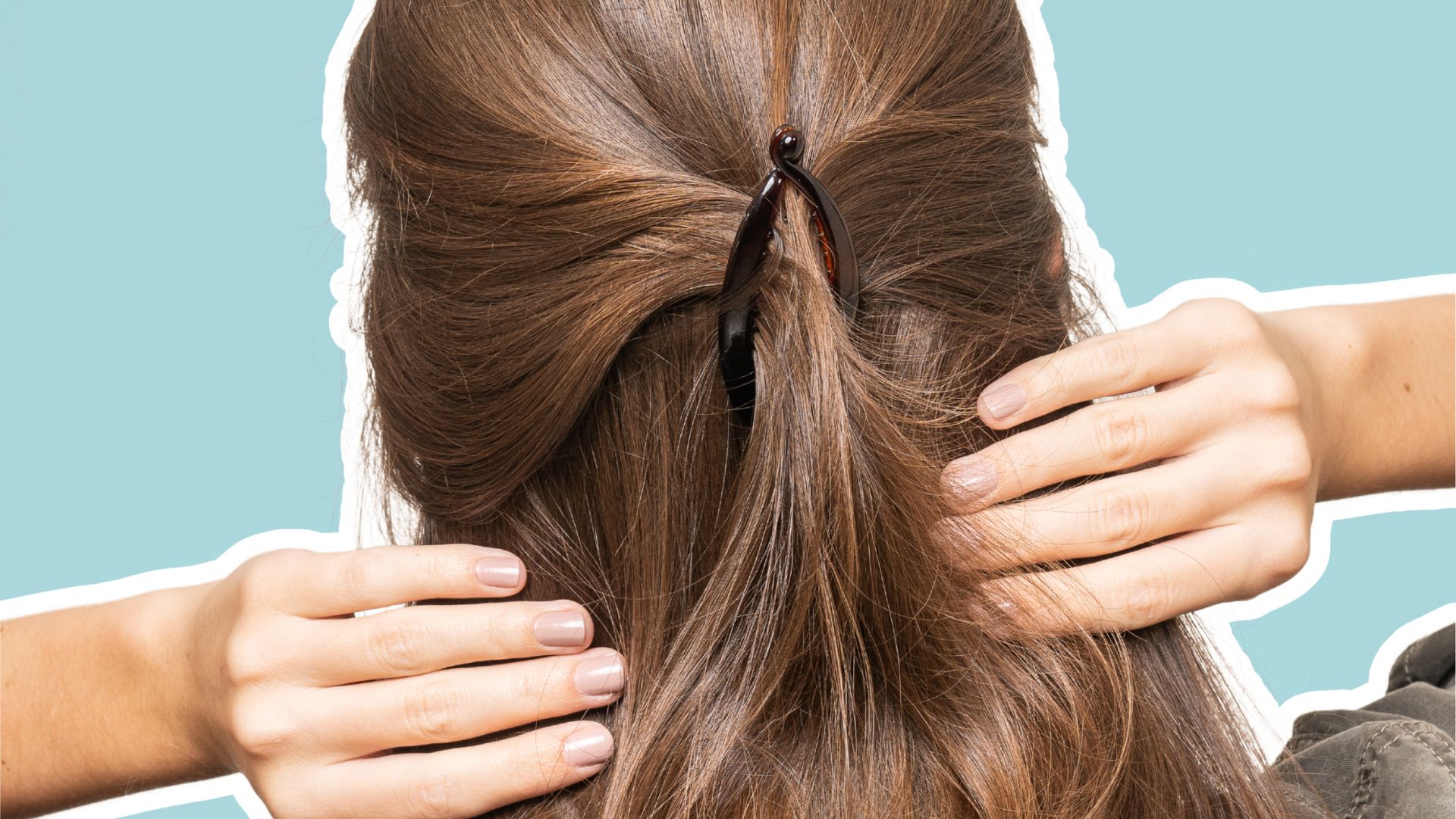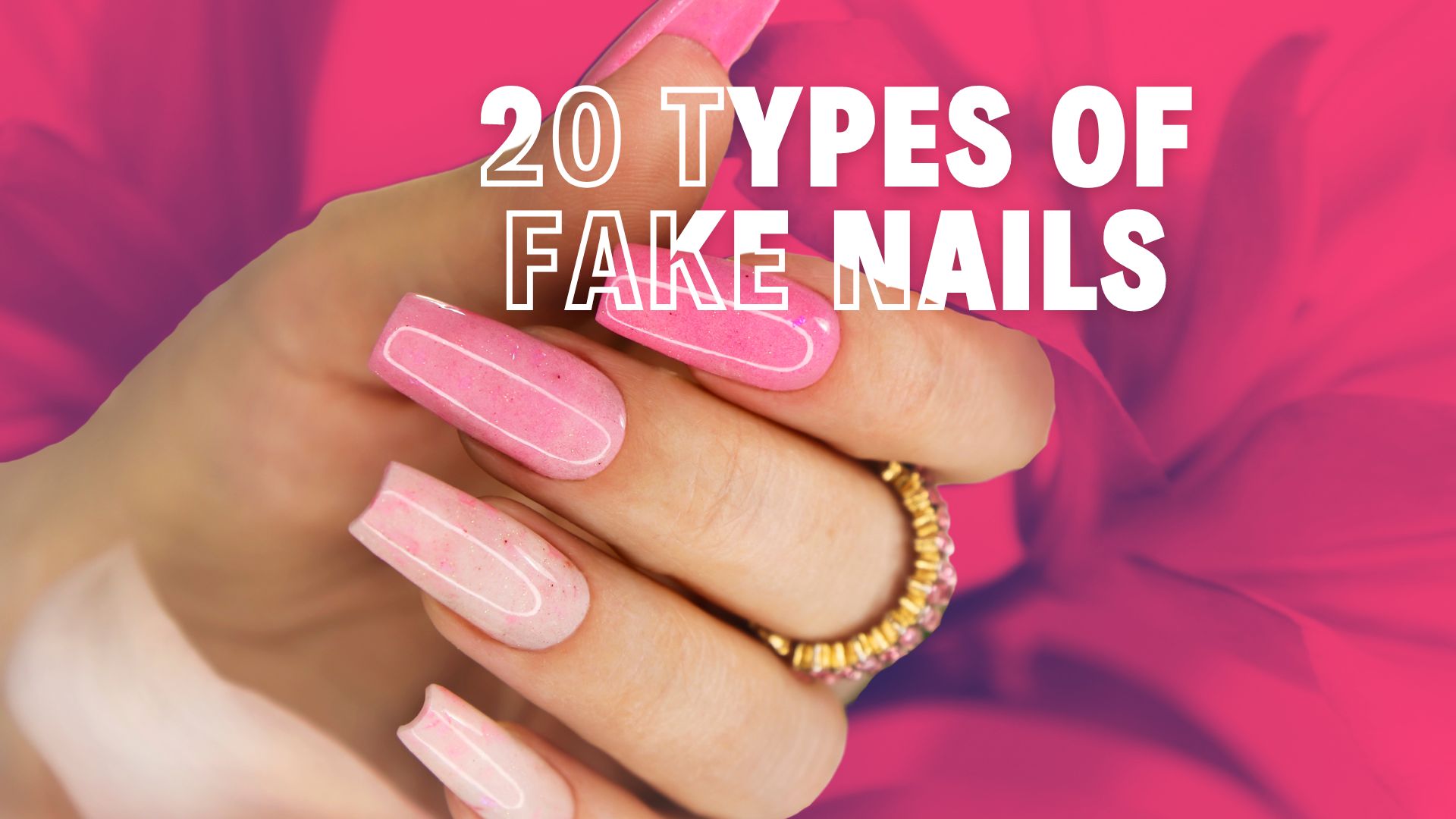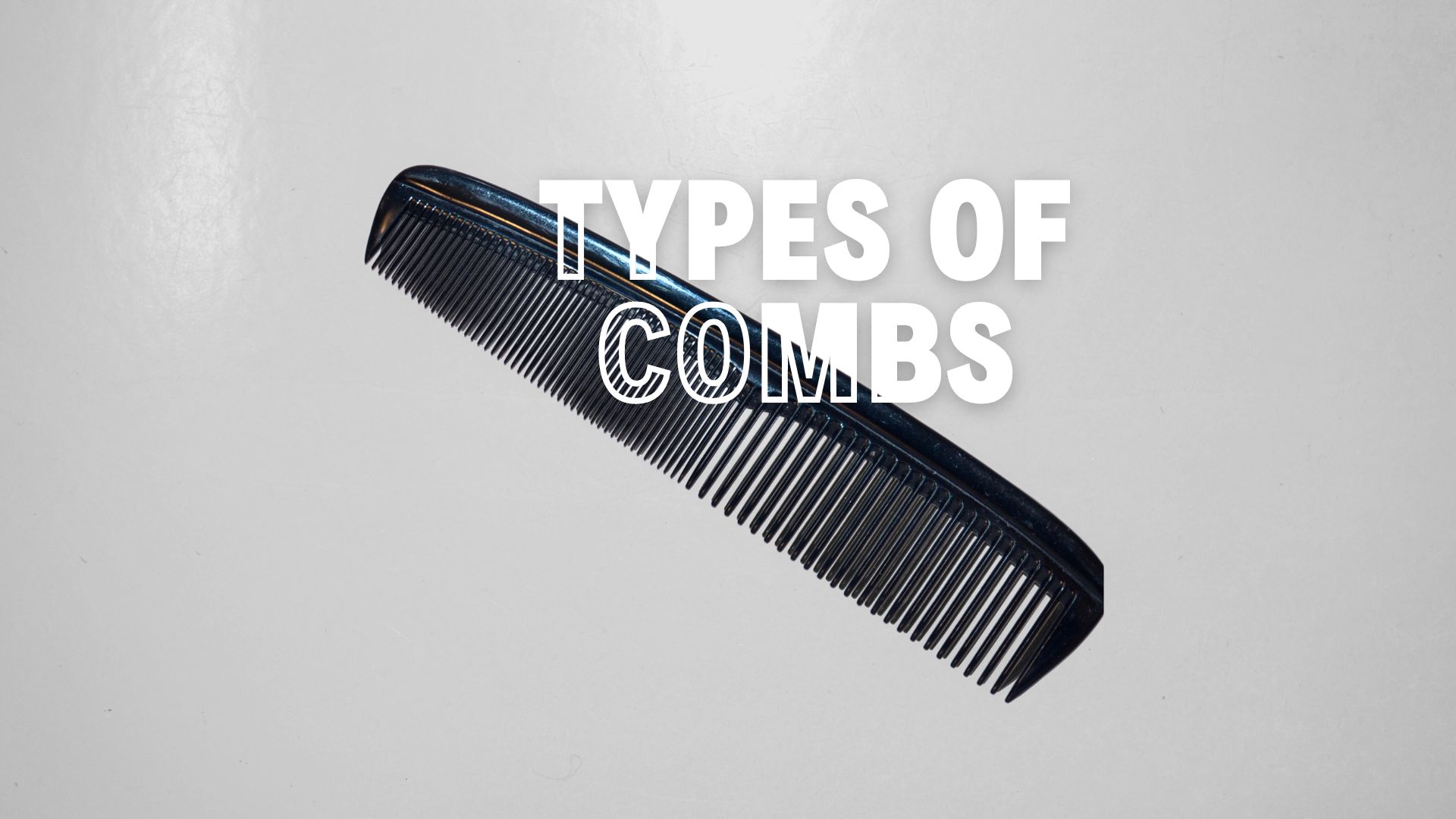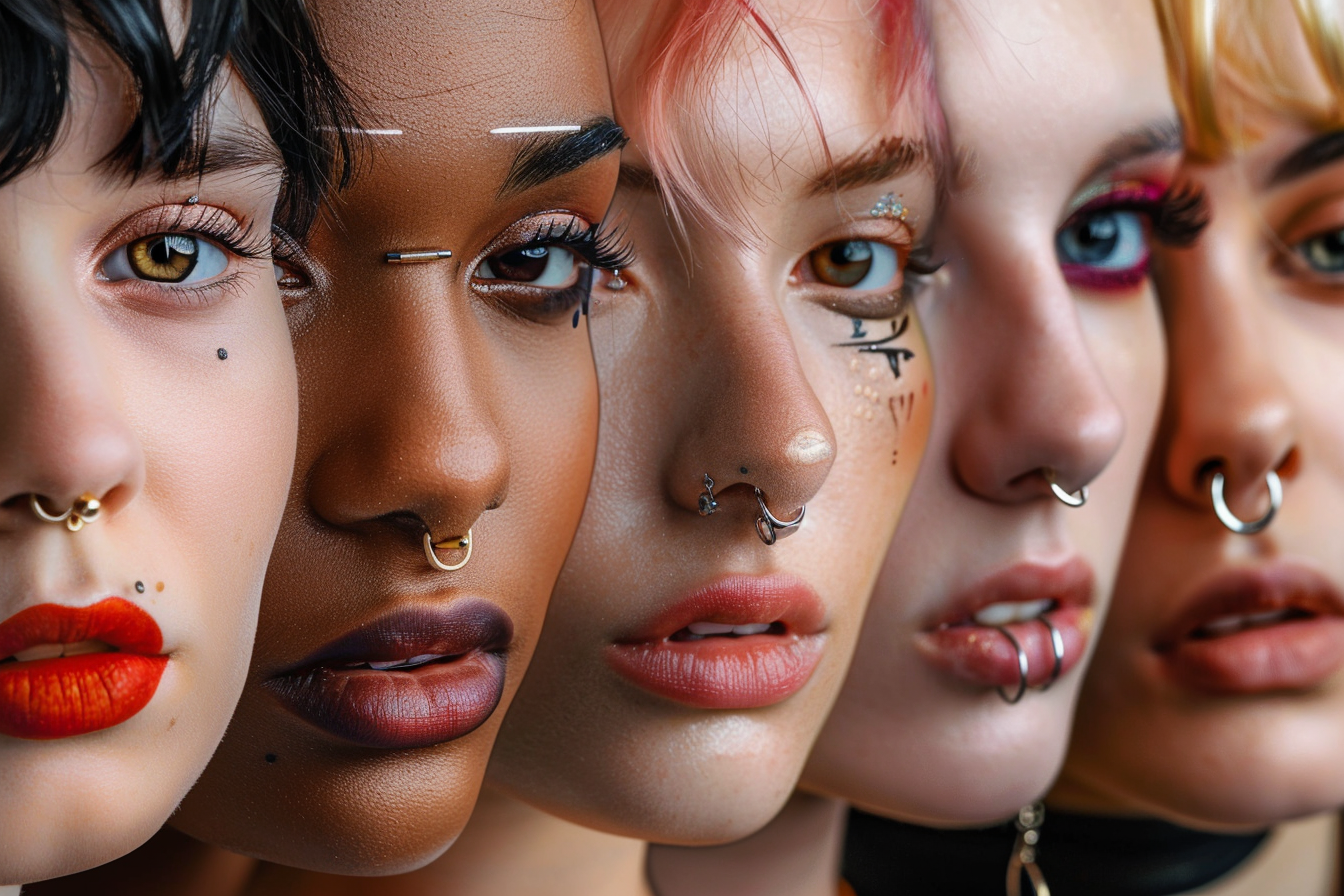
Are you looking for a bold and edgy look that will make you stand out from the crowd? Facial piercings have become increasingly popular in recent years, offering a unique way to express your style.
In this blog post, we’ll explore 21 of the most popular types of facial piercings that can help you achieve the look you desire.
From classic nose piercings to daring dermal anchors, we’ll cover a wide range of options suitable for both beginners and experienced piercing enthusiasts.
Whether you’re considering your first facial piercing or looking to add to your collection, this guide will provide you with all the information you need to make an informed decision and rock your new look with confidence.
Different Types of Facial Piercings
1. Nostril Piercing

A nostril piercing is a popular facial piercing that involves puncturing the nostril to wear jewelry.
It’s a simple yet stylish way to add a subtle edge to your look.
- How It Can Be Done: A professional piercer uses a needle to pierce through the nostril and then inserts the chosen jewelry.
- Origin: Nostril piercings have been practiced for thousands of years, with evidence dating back to ancient civilizations in the Middle East and South Asia.
- Positioning: Typically done on either the left or right nostril, or sometimes both for a double nostril piercing.
- Types: There are various types of nostril jewelry, including studs, hoops, and nose screws.
- Best Suggested: Those who want a subtle, versatile facial piercing that complements various styles.
2. Septum Piercing

A septum piercing goes through the nasal septum, the soft tissue between the nostrils.
It can be hidden easily by flipping the jewelry up into the nostrils.
- How It Can Be Done: A piercer carefully pinches the septum to find the “sweet spot” of soft tissue, then pierces it with a needle and inserts the jewelry.
- Origin: Septum piercings have been practiced by various cultures worldwide, including Native American, Indian, and African tribes, often as a rite of passage or spiritual significance.
- Positioning: The piercing is done through the soft tissue of the nasal septum, typically in the center.
- Types: Septum jewelry includes circular barbells, captive bead rings, and septum clickers.
- Best Suggested: Those who want a bold yet easily concealable facial piercing.
3. Bridge Piercing

A bridge piercing is a bold facial piercing that goes through the skin at the top of the nose and between the eyes. It creates an eye-catching look.
- How It Can Be Done: A piercer carefully marks the placement, then uses a needle to pierce through the skin and insert the jewelry.
- Origin: Bridge piercings are a more modern addition to facial piercings, gaining popularity in the 1990s and 2000s within alternative fashion communities.
- Positioning: The piercing is done through the skin at the top of the nose, centered between the eyes.
- Types: Bridge piercing jewelry typically consists of straight barbells or curved barbells.
- Best Suggested: Those who want a daring, unconventional facial piercing that makes a statement.
4. Eyebrow Piercing
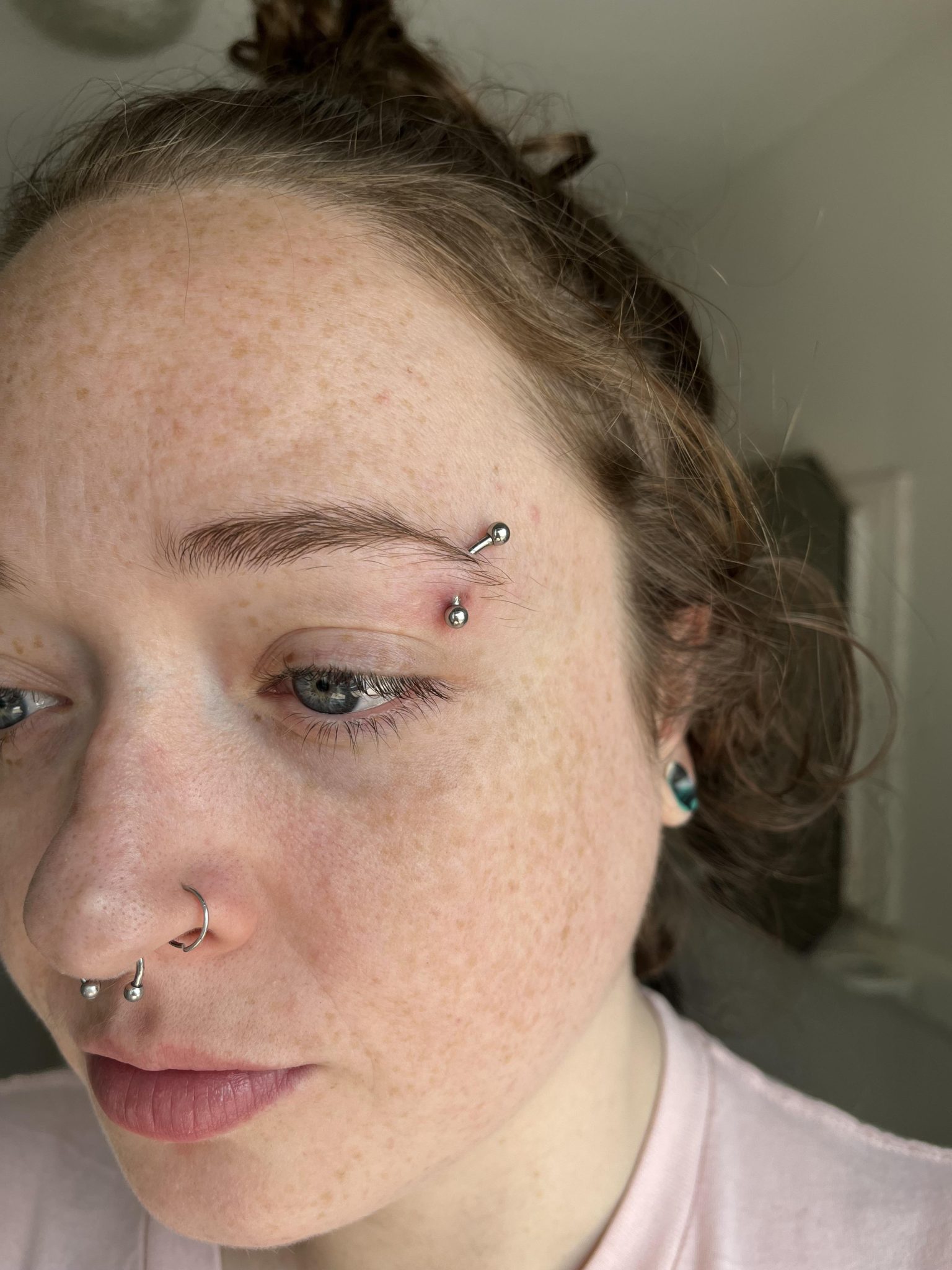
An eyebrow piercing is a facial piercing that goes through the skin above the eyebrow, adding an edgy touch to your look.
- How It Can Be Done: A piercer marks the desired location, then uses a needle to pierce through the skin and insert the jewelry.
- Origin: Eyebrow piercings gained popularity in the 1970s and 1980s within punk and alternative fashion scenes.
- Positioning: The piercing can be done on either eyebrow, typically on the outer third or center of the brow.
- Types: Eyebrow jewelry includes barbells, circular barbells, and captive bead rings.
- Best Suggested: Those who want a classic, cool facial piercing that complements various alternative styles.
5. Anti-Eyebrow (Teardrop) Piercing
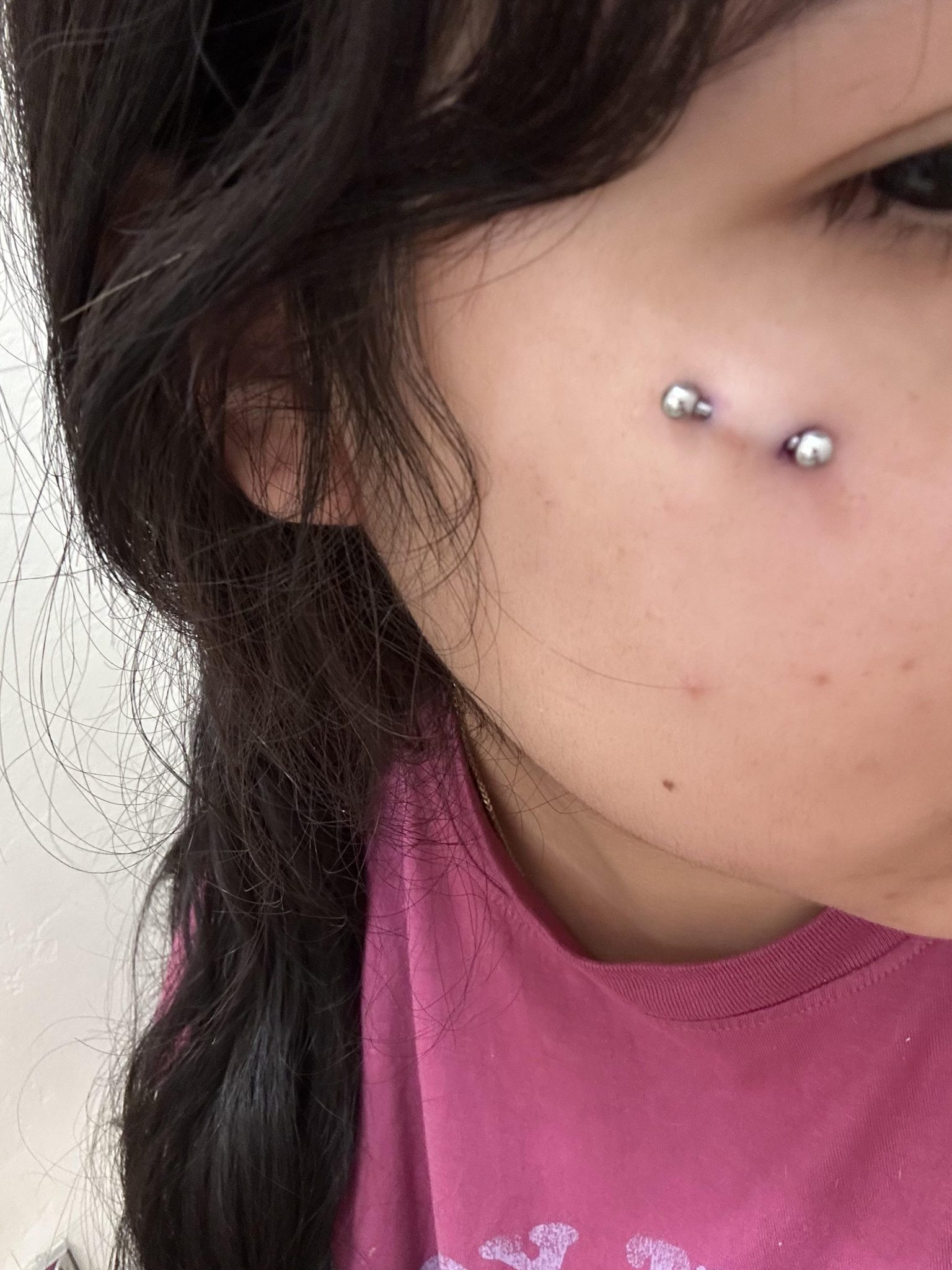
An anti-eyebrow piercing, also known as a teardrop piercing, is located below the eye, creating a unique and eye-catching look.
- How It Can Be Done: A piercer marks the placement below the eye, then uses a needle to pierce through the skin and insert the jewelry.
- Origin: Anti-eyebrow piercings are a more recent addition to facial piercings, gaining popularity in the late 1990s and early 2000s.
- Positioning: The piercing is done below the eye, typically in line with the pupil or outer corner of the eye.
- Types: Anti-eyebrow jewelry usually consists of flat-back studs or small curved barbells.
- Best Suggested: Those who want an unconventional facial piercing that adds a subtle yet edgy touch to their look.
6. Lip Piercing (Labret)
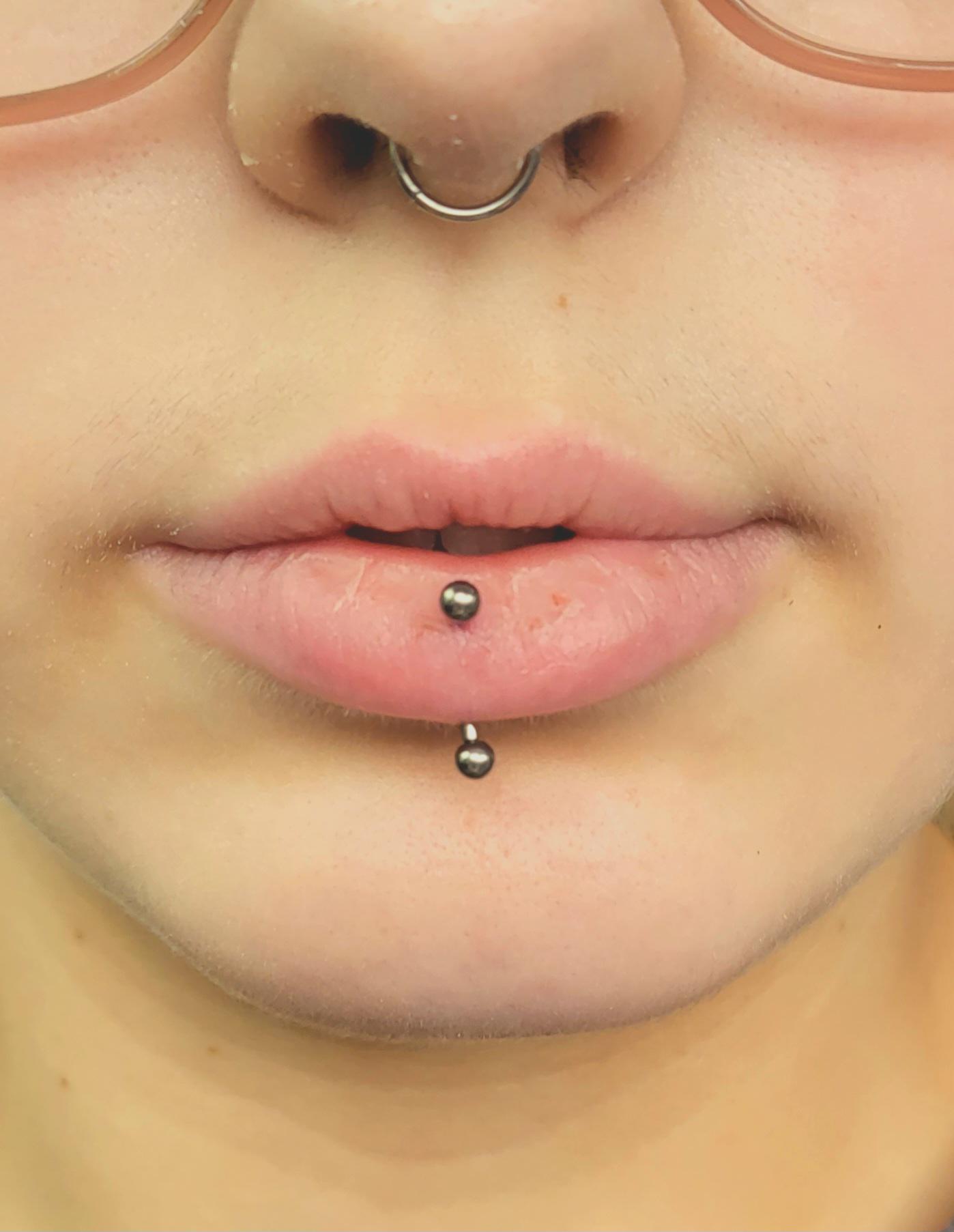
A labret piercing is a lip piercing that goes through the center of the lower lip, just below the lip line.
- How It Can Be Done: A piercer marks the placement, then uses a needle to pierce through the lip and insert the jewelry.
- Origin: Labret piercings have been practiced by various indigenous cultures for thousands of years, often as a symbol of status or coming of age.
- Positioning: The piercing is done through the center of the lower lip, typically just below the lip line.
- Types: Labret jewelry includes flat-back studs, circular barbells, and captive bead rings.
- Best Suggested: Those who want a classic lip piercing that adds a touch of edge to their look.
7. Monroe Piercing

A Monroe piercing is a facial piercing that mimics the beauty mark of iconic actress Marilyn Monroe, located above the upper lip on the left side.
- How It Can Be Done: A piercer marks the placement, then uses a needle to pierce through the skin and insert the jewelry.
- Origin: Monroe piercings, named after Marilyn Monroe’s famous beauty mark, gained popularity in the 1990s and 2000s.
- Positioning: The piercing is done above the upper lip, typically on the left side, to mimic Marilyn Monroe’s beauty mark.
- Types: Monroe piercing jewelry usually consists of a small flat-back stud or labret stud.
- Best Suggested: Those who want a subtle, feminine facial piercing that adds a touch of glamour to their look.
8. Medusa Piercing
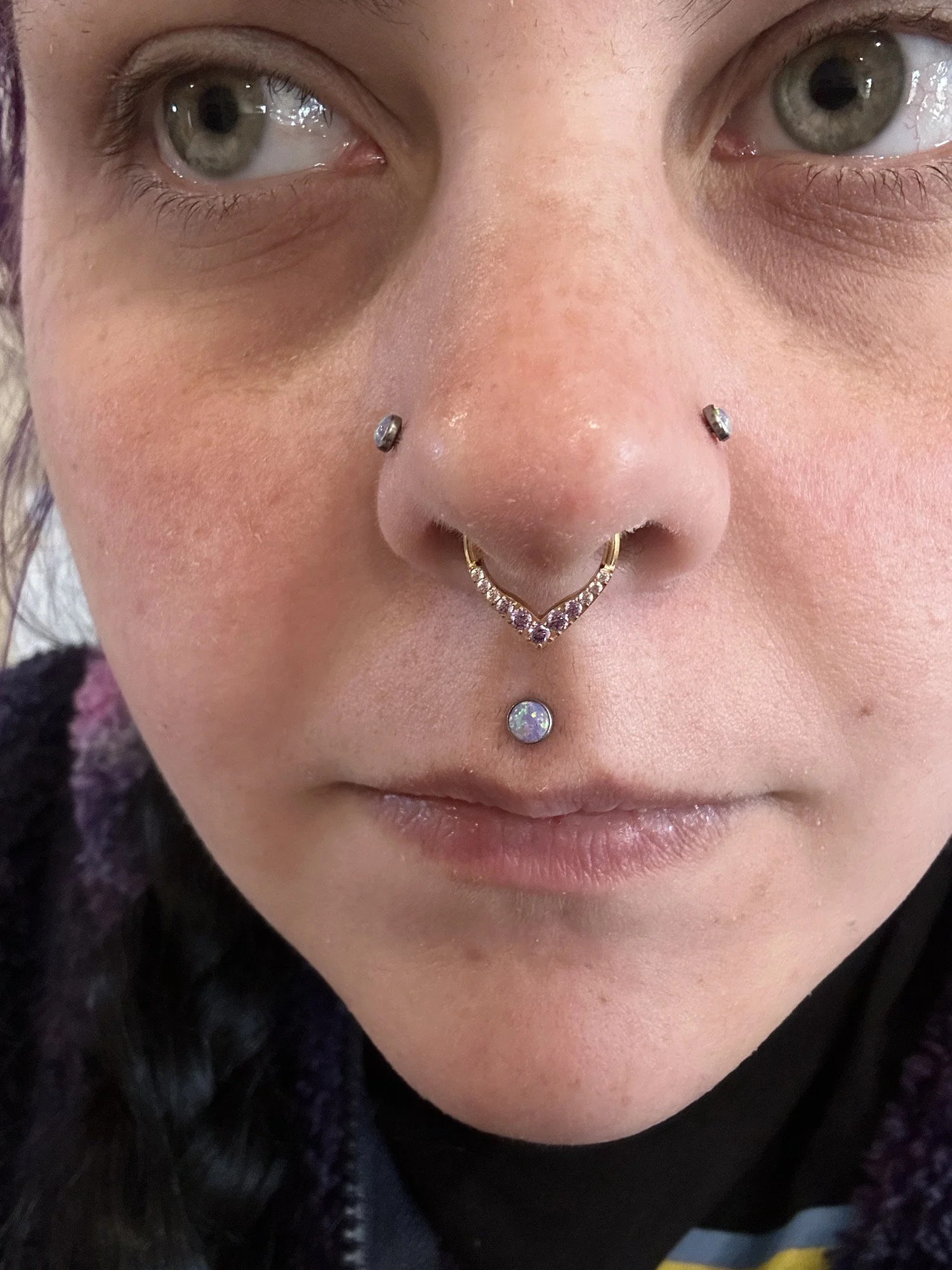
A Medusa piercing, also known as a philtrum piercing, is located in the center of the upper lip, just below the septum of the nose.
- How It Can Be Done: A piercer marks the placement, then uses a needle to pierce through the skin and insert the jewelry.
- Origin: Medusa piercings gained popularity in the 1990s and 2000s within alternative fashion communities.
- Positioning: The piercing is done through the center of the upper lip, directly below the septum of the nose.
- Types: Medusa piercing jewelry typically includes flat-back studs or labret studs.
- Best Suggested: Those who want a bold, central lip piercing that draws attention to the mouth area.
9. Philtrum Piercing
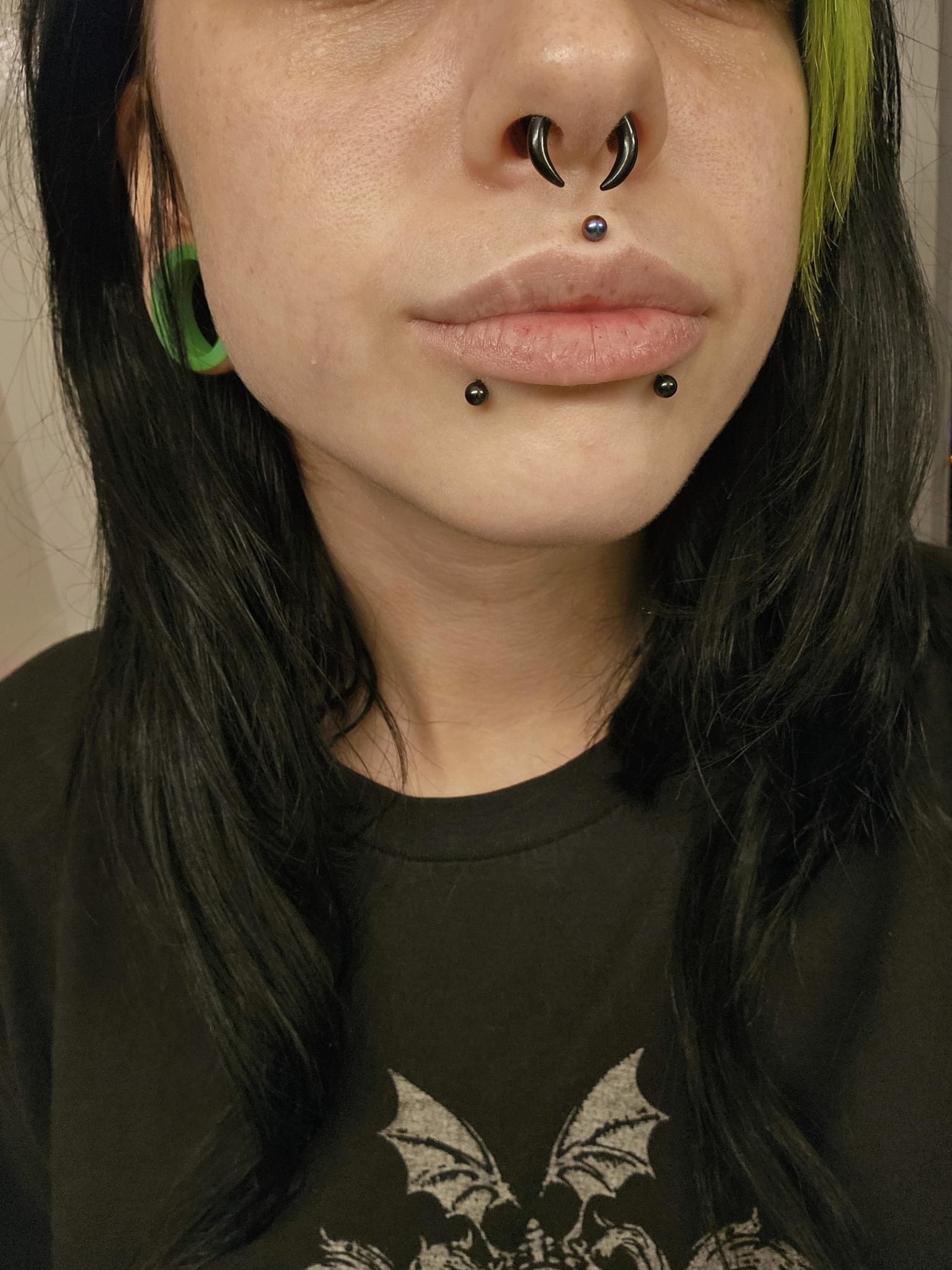
A philtrum piercing, also known as a Medusa piercing, is located in the center of the upper lip, just below the septum of the nose.
- How It Can Be Done: A piercer marks the placement, then uses a needle to pierce through the skin and insert the jewelry.
- Origin: Philtrum piercings, like Medusa piercings, gained popularity in the 1990s and 2000s within alternative fashion communities.
- Positioning: The piercing is done through the center of the upper lip, directly below the septum of the nose.
- Types: Philtrum piercing jewelry typically includes flat-back studs or labret studs.
- Best Suggested: Those who want a bold, central lip piercing that draws attention to the mouth area.
10. Vertical Labret Piercing
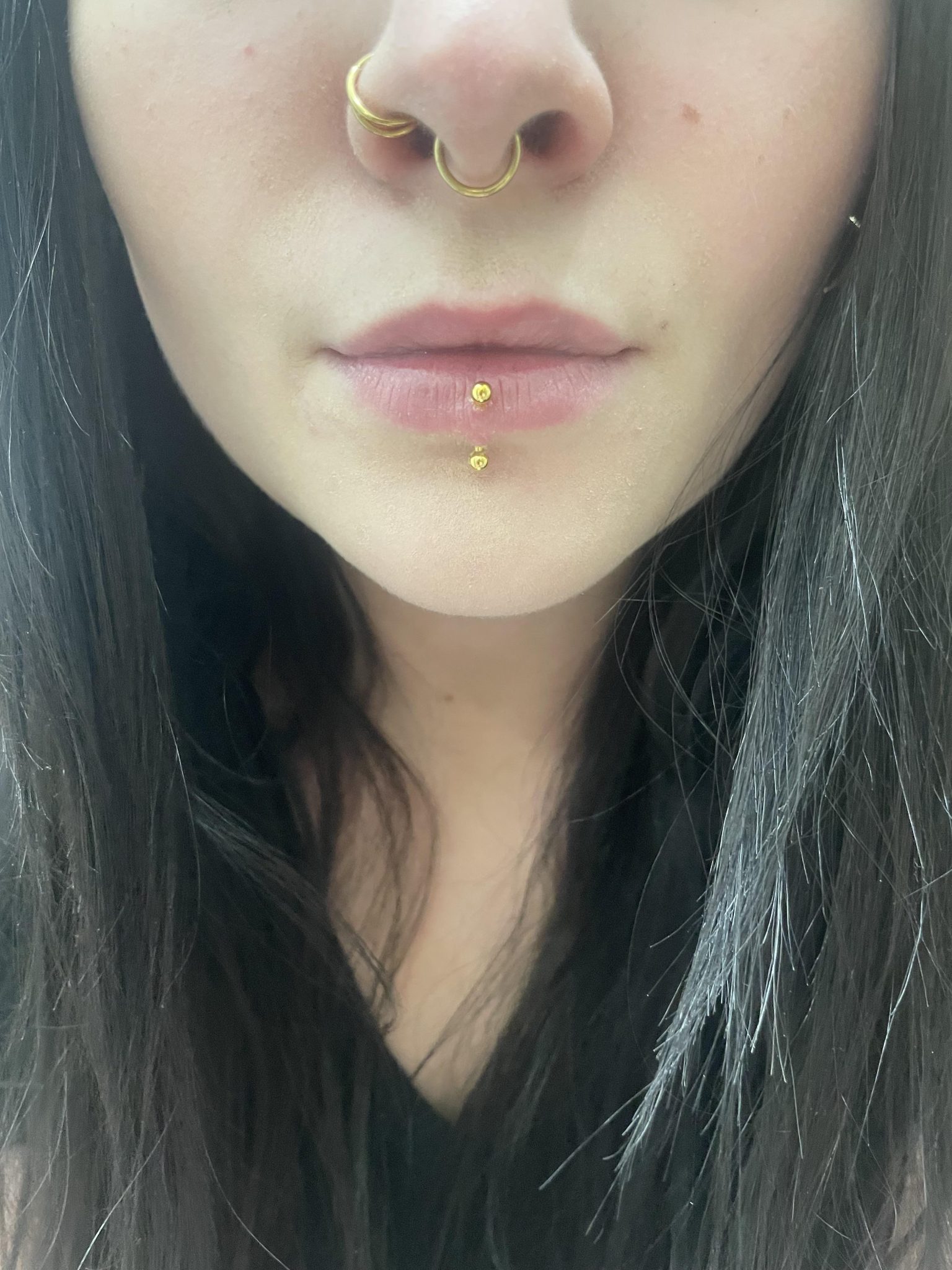
A vertical labret piercing is a lip piercing that goes through the center of the lower lip and exits through the bottom of the lip.
- How It Can Be Done: A piercer marks the placement, then uses a needle to pierce through the lip from top to bottom, and inserts the jewelry.
- Origin: Vertical labret piercings gained popularity in the 2000s as a variation of the traditional labret piercing.
- Positioning: The piercing goes through the center of the lower lip, with the top hole inside the mouth and the bottom hole on the outside of the lip.
- Types: Vertical labret jewelry typically consists of curved barbells or circular barbells.
- Best Suggested: Those who want a unique, eye-catching lip piercing that differs from the traditional labret piercing.
11. Dimple Piercing

Dimple piercings are on the cheeks, making dimples appear when the wearer smiles.
- How It Can Be Done: A piercer marks the placement on the cheeks, then uses a needle to pierce through the skin and insert the jewelry.
- Origin: Dimple piercings gained popularity in the 1990s and 2000s as a unique facial piercing option.
- Positioning: The piercings are done on the cheeks, typically where natural dimples would appear when smiling.
- Types: Dimple piercing jewelry usually consists of flat-back studs or labret studs.
- Best Suggested: Those who want a cute, quirky facial piercing that enhances their smile.
12. Cheek Piercing
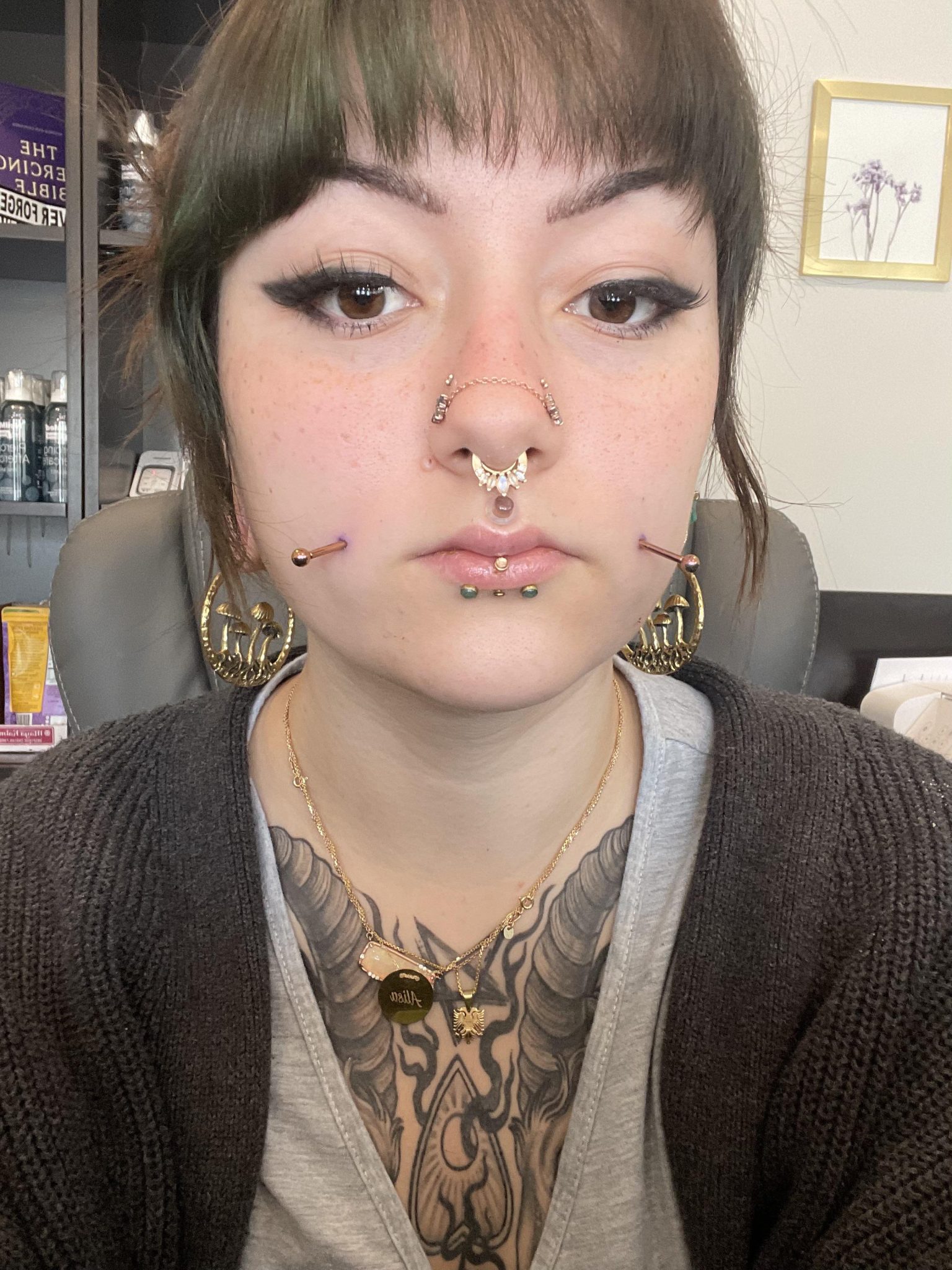
Cheek piercings are located on the flesh of the cheeks, typically in pairs on either side of the face.
- How It Can Be Done: A piercer marks the placement on the cheeks, then uses a needle to pierce through the skin and insert the jewelry.
- Origin: Cheek piercings have been practiced by various cultures throughout history but gained popularity as modern facial piercings in the 1990s and 2000s.
- Positioning: The piercings are done on the flesh of the cheeks, usually in symmetrical pairs.
- Types: Cheek piercing jewelry typically includes flat-back studs or labret studs.
- Best Suggested: Those who want a bold, visually striking facial piercing that stands out.
13. Tongue Piercing
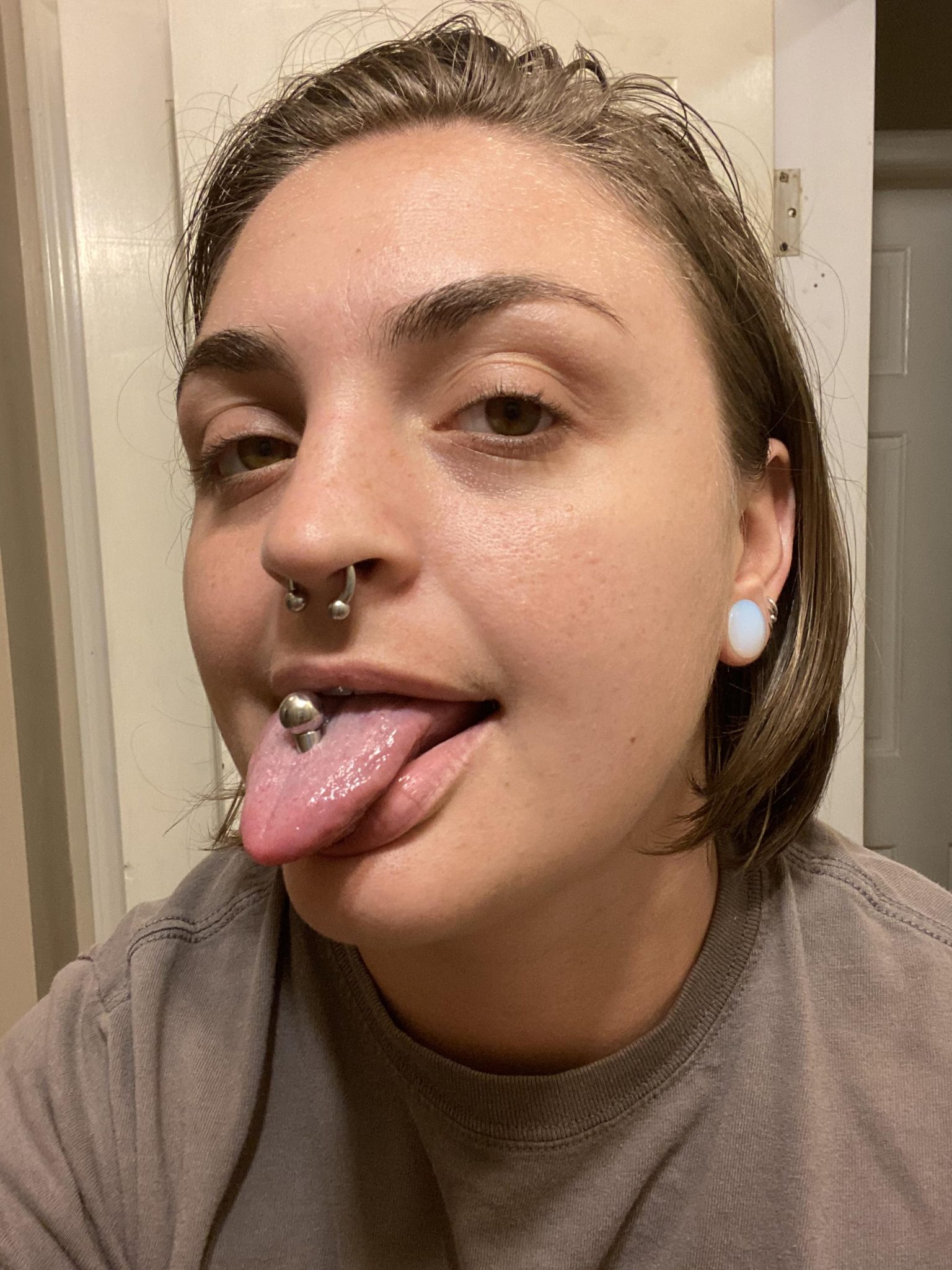
A tongue piercing involves piercing the center of the tongue and inserting jewelry through the hole.
- How It Can Be Done: A piercer uses a clamp to hold the tongue in place, then pierces it with a needle and inserts the jewelry.
- Origin: Tongue piercings have been practiced by various cultures, such as the Aztecs and Mayans, but gained widespread popularity in the 1990s.
- Positioning: The piercing is done through the center of the tongue, typically in the middle or slightly further back.
- Types: Tongue piercing jewelry includes straight barbells, curved barbells, and captive bead rings.
- Best Suggested: Those who want a hidden piercing that can be shown off when desired.
14. Tongue Web (Frenulum) Piercing
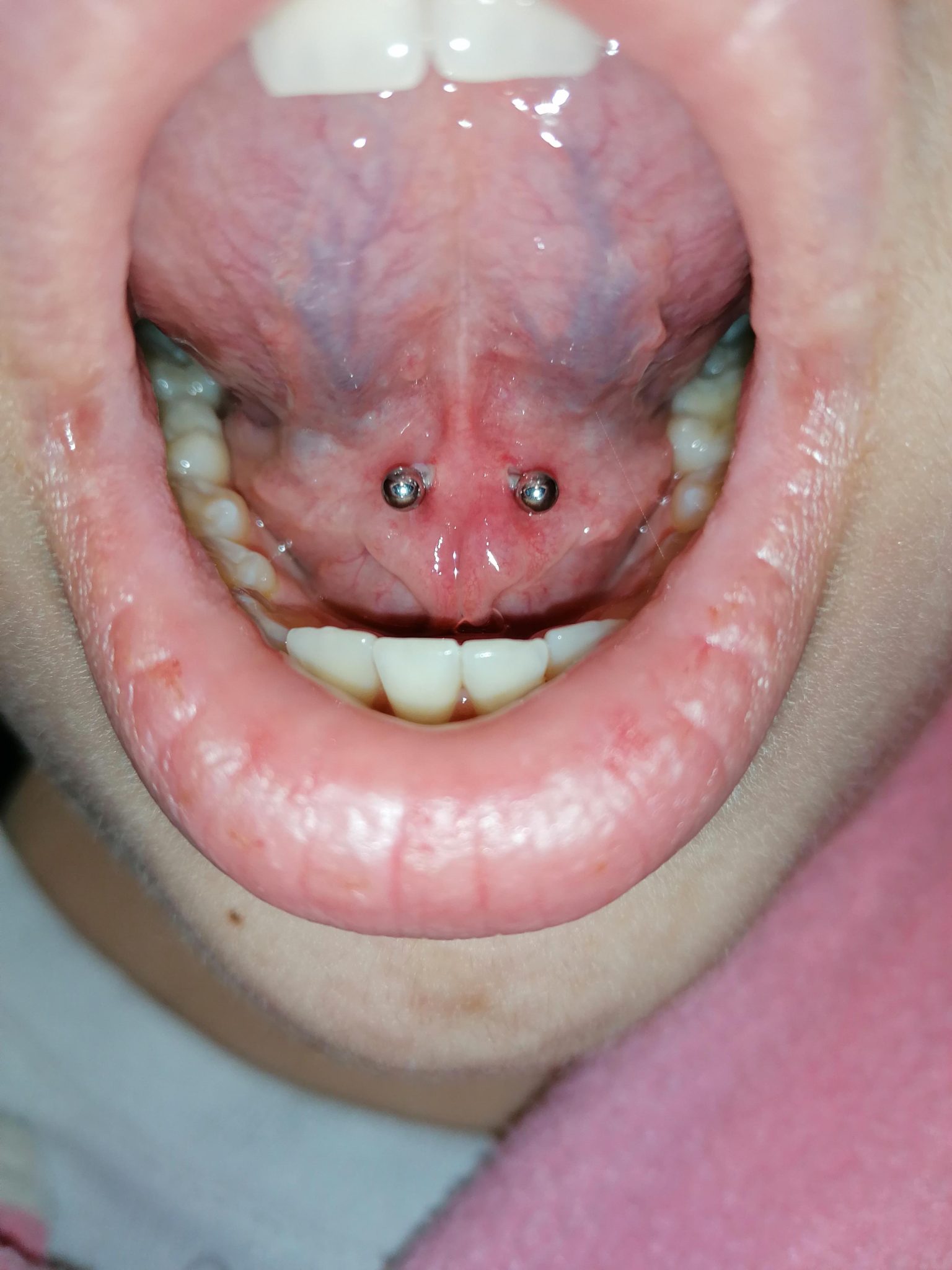
A tongue web piercing, also known as a frenulum piercing, is located under the tongue where the tongue connects to the floor of the mouth.
- How It Can Be Done: A piercer uses a clamp to hold the tongue web in place, then pierces it with a needle and inserts the jewelry.
- Origin: Tongue web piercings gained popularity in the 2000s as a more discreet alternative to traditional tongue piercings.
- Positioning: The piercing is done through the thin strip of tissue that connects the underside of the tongue to the floor of the mouth.
- Types: Tongue web piercing jewelry typically consists of small curved barbells or captive bead rings.
- Best Suggested: Those who want a discreet, less common oral piercing.
15. Smiley (Frenulum) Piercing

A smiley piercing, also known as a frenulum piercing, is located on the thin tissue that connects the upper lip to the gums.
- How It Can Be Done: A piercer uses a clamp to hold the frenulum in place, then pierces it with a needle and inserts the jewelry.
- Origin: Smiley piercings gained popularity in the 1990s and 2000s as a unique oral piercing option.
- Positioning: The piercing is done through the thin tissue that connects the upper lip to the gums, typically in the center.
- Types: Smiley piercing jewelry usually consists of small circular barbells or captive bead rings.
- Best Suggested: Those who want a hidden oral piercing that’s visible when smiling.
16. Shark Bites Piercing
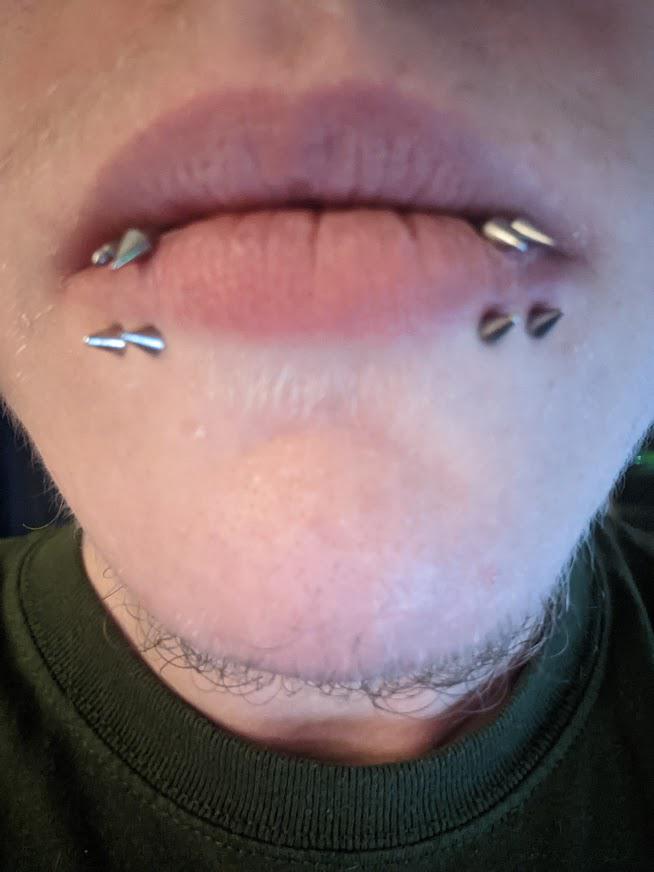
Shark bite piercings are a pair of lip piercings located on either side of the lower lip, resembling shark bites.
- How It Can Be Done: A piercer marks the placement on both sides of the lower lip, then uses a needle to pierce through the lip and insert the jewelry.
- Origin: Shark bite piercings gained popularity in the 2000s as a variation of the snake bite piercing, which features two piercings on one side of the lower lip.
- Positioning: The piercings are done on either side of the lower lip, typically equidistant from the center.
- Types: Shark bite piercing jewelry usually includes flat-back studs or labret studs.
- Best Suggested: Those who want a bold, symmetrical lip piercing that creates an edgy look.
17. Spider Bites Piercing
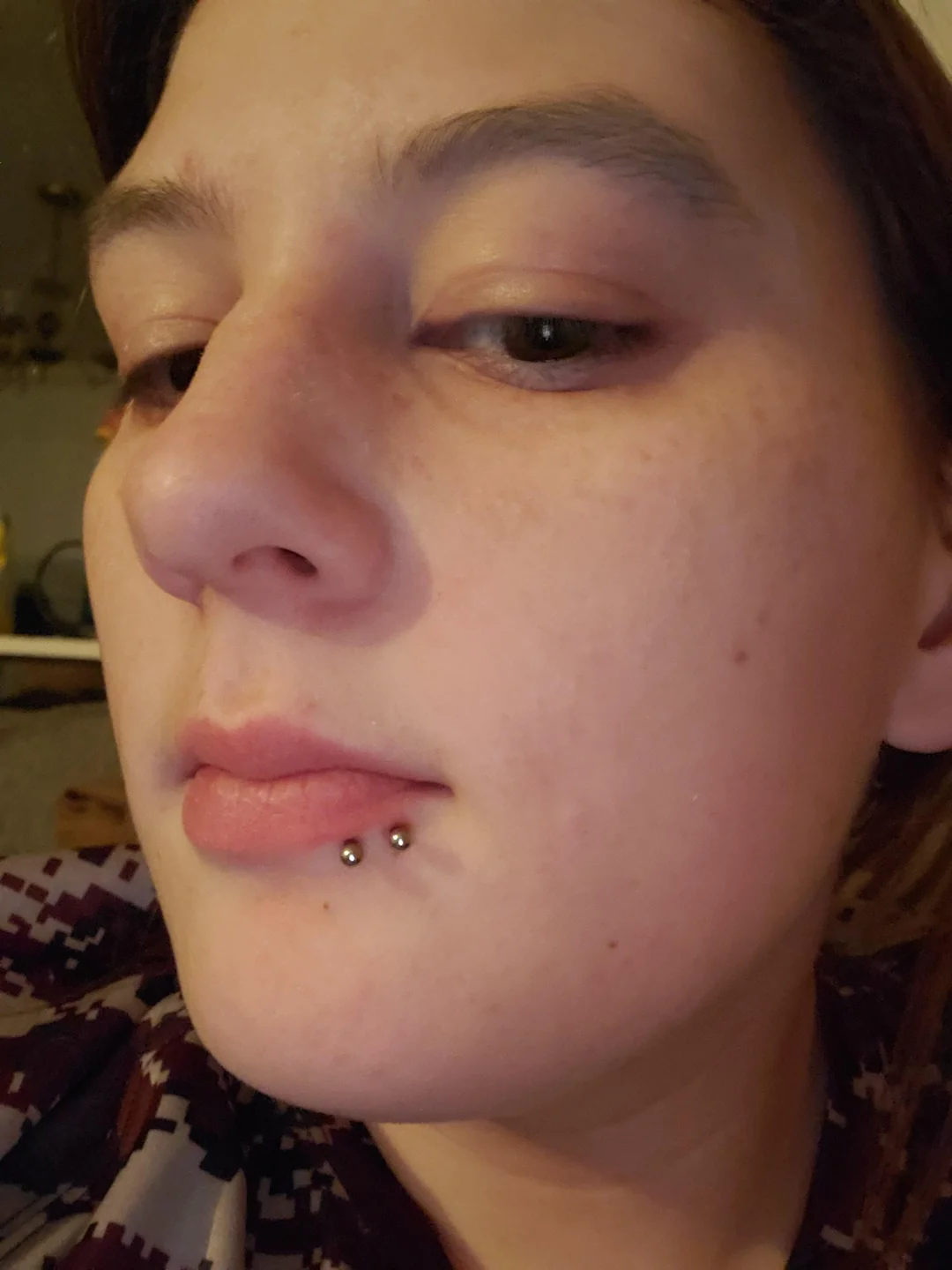
Spider bite piercings are a pair of lip piercings on either side of the lower lip, placed closer together than shark bite piercings.
- How It Can Be Done: A piercer marks the placement on both sides of the lower lip, then uses a needle to pierce through the lip and insert the jewelry.
- Origin: Spider bite piercings gained popularity in the 2000s as a variation of the snake bite piercing, featuring two close-together piercings on one side of the lower lip.
- Positioning: The piercings are done on either side of the lower lip, typically closer together than shark bite piercings.
- Types: Spider bites piercing jewelry usually includes flat-back studs or labret studs.
- Best Suggested: Those who want a symmetrical, closely-spaced lip piercing that creates an alternative look.
18. Angel Bites Piercing
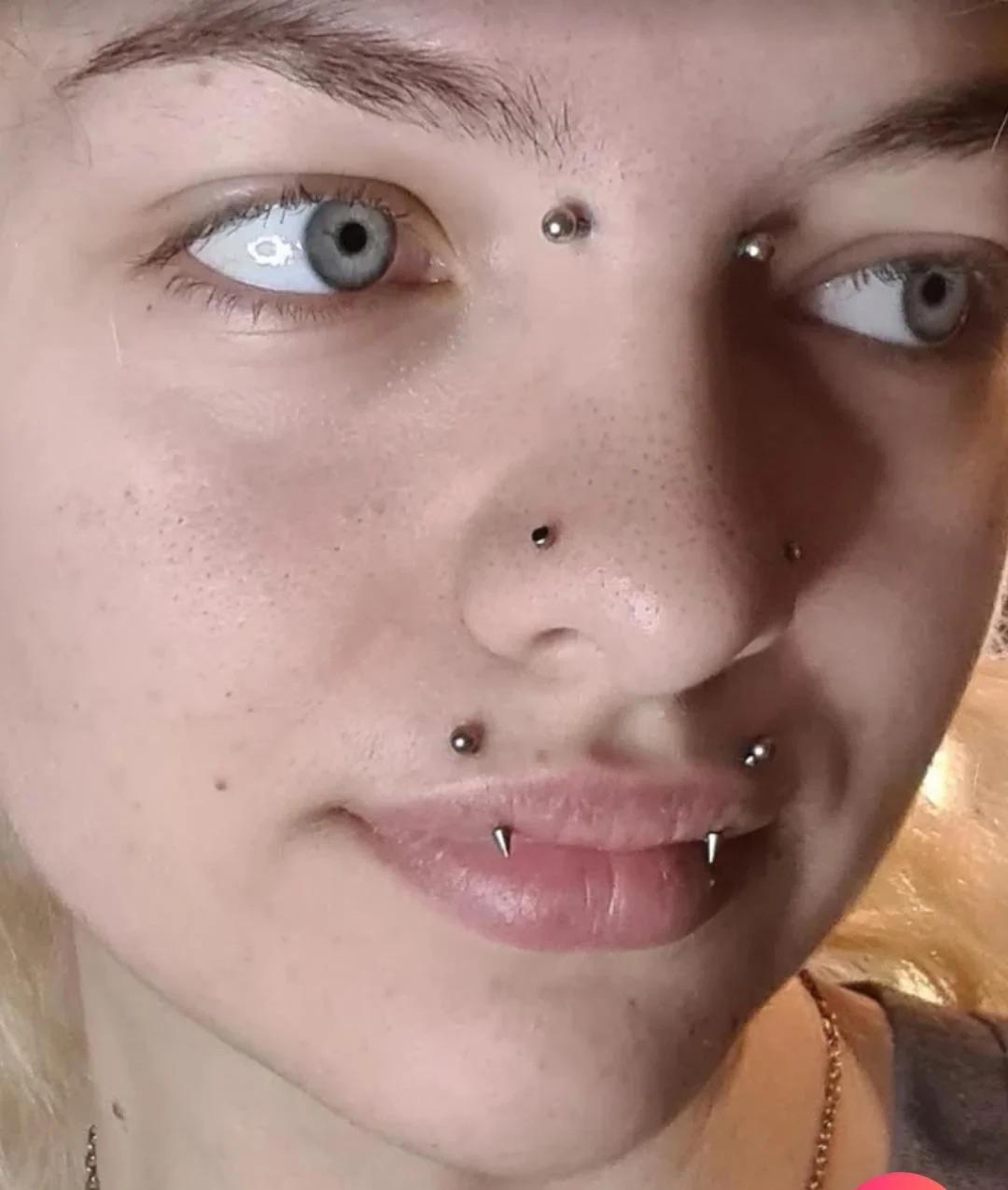
Angel bites piercings are a pair of lip piercings located on either side of the upper lip, mirroring the placement of snake bite piercings on the lower lip.
- How It Can Be Done: A piercer marks the placement on both sides of the upper lip, then uses a needle to pierce through the lip and insert the jewelry.
- Origin: Angel bite piercings gained popularity in the 2000s as an upper lip variation of the snake bite piercing.
- Positioning: The piercings are done on either side of the upper lip, typically mirroring the placement of snake bite piercings.
- Types: Angel bites piercing jewelry usually includes flat-back studs or labret studs.
- Best Suggested: Those who want a symmetrical upper lip piercing that complements or contrasts with lower lip piercings.
19. Dahlia Piercing
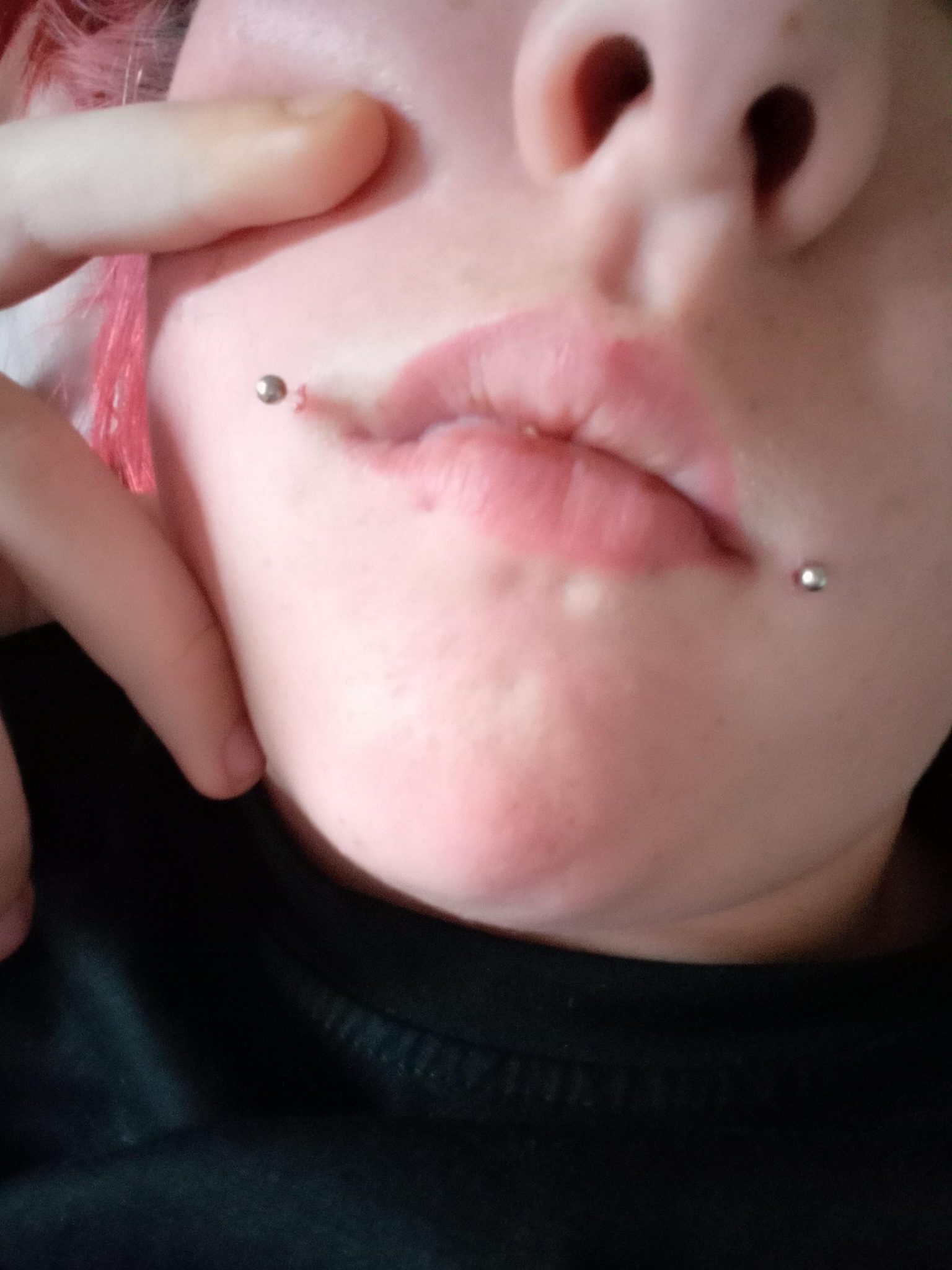
Dahlia piercings are a pair of lip piercings located on the corners of the mouth. They give the appearance of dimples or a permanent smile.
- How It Can Be Done: A piercer marks the placement on the corners of the mouth, then uses a needle to pierce through the skin and insert the jewelry.
- Origin: Dahlia piercings gained popularity in the 2010s as a unique variation of lip piercings.
- Positioning: The piercings are done on the corners of the mouth, where dimples would naturally appear.
- Types: Dahlia piercing jewelry typically includes flat-back studs or labret studs.
- Best Suggested: Those who want a cute, quirky lip piercing that enhances their smile and creates the illusion of dimples.
20. Nose Bridge Piercing
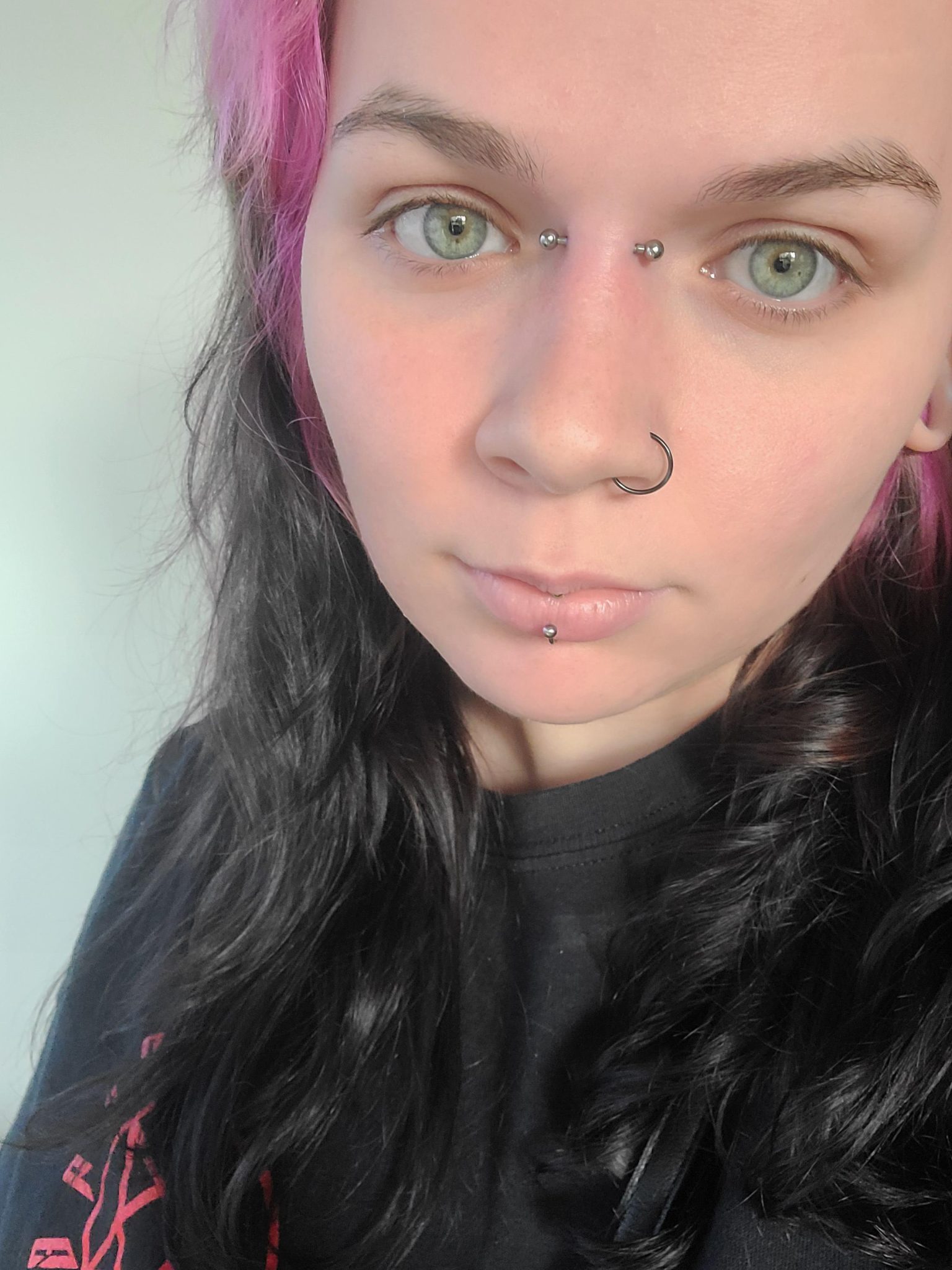
A nose bridge piercing is located on the bridge of the nose, between the eyes, and is sometimes referred to as an Earl piercing.
- How It Can Be Done: A piercer marks the placement on the bridge of the nose, then uses a needle to pierce through the skin and insert the jewelry.
- Origin: Nose bridge piercings gained popularity in the 1990s and 2000s as a unique facial piercing option.
- Positioning: The piercing is done on the bridge of the nose, typically centered between the eyes.
- Types: Nose bridge piercing jewelry usually consists of straight barbells or curved barbells.
- Best Suggested: Those who want an eye-catching, unconventional facial piercing that adds an edgy touch to their look.
21. Dermal Anchor Piercing (Various Facial Locations)
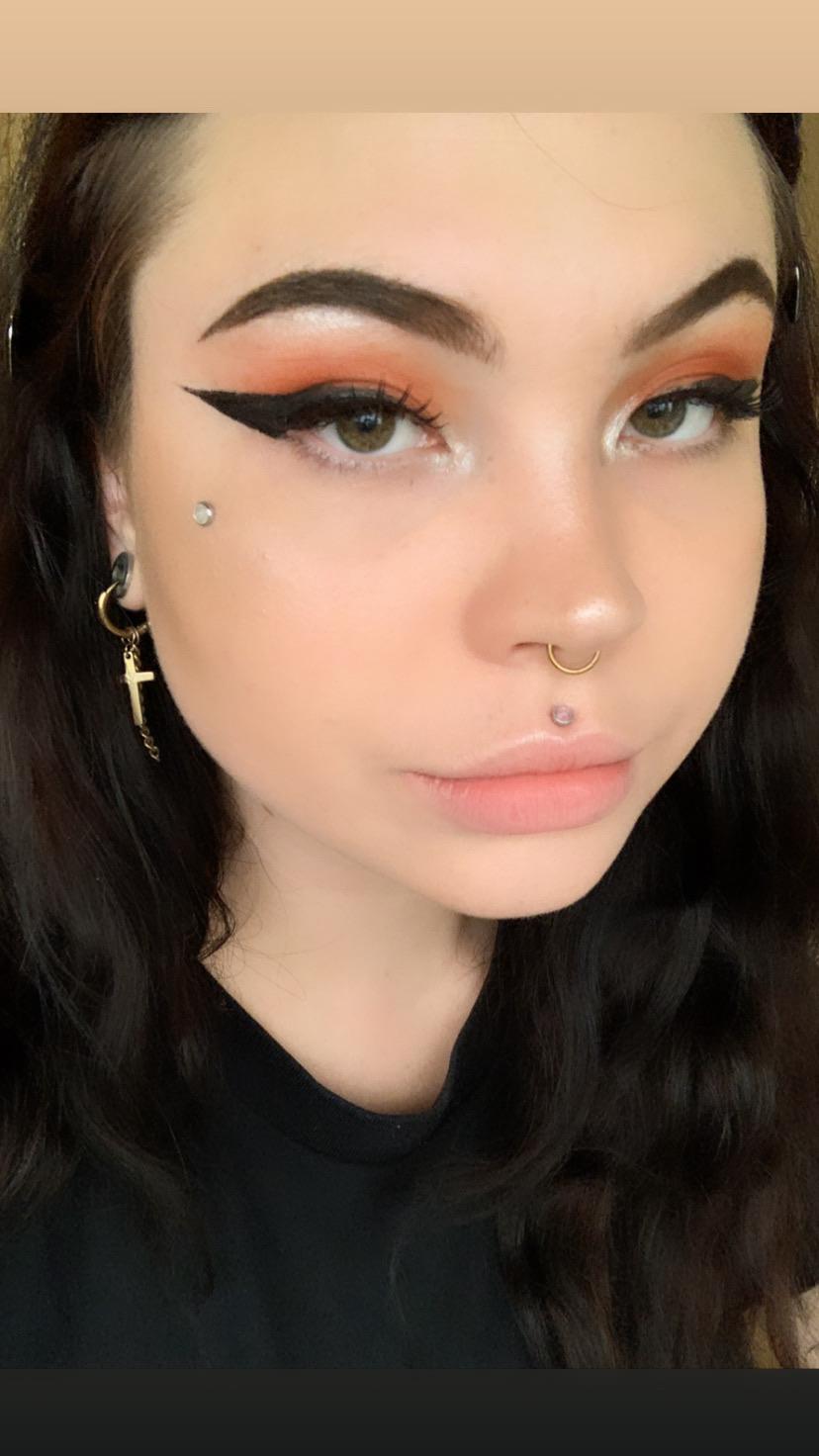
Dermal anchor piercings involve a single-point piercing that can be placed in various locations on the face, such as the cheeks, chin, or forehead.
- How It Can Be Done: A piercer creates a small pocket in the skin using a dermal punch, then inserts the anchor and tops it with the chosen jewelry.
- Origin: Dermal anchor piercings gained popularity in the 2000s as a versatile and customizable facial piercing option.
- Positioning: Dermal anchor piercings can be placed in various locations on the face, depending on the desired look and anatomy of the individual.
- Types: Dermal anchor jewelry typically includes flat-top studs or gems that sit flush against the skin.
- Best Suggested: Those who want a unique, versatile facial piercing customized to their desired placement and style.
Conclusion
Facial piercings offer a bold and edgy way to express your unique style.
From classic nostril piercings to daring dermal anchors, there’s a piercing for everyone. Remember, it’s essential to choose a reputable piercer and follow proper aftercare to ensure a healthy healing process.
Whether you’re a piercing enthusiast or considering your first one, embracing your individuality is key. So, take the plunge and rock your new look with confidence!
If you’re still unsure which piercing is right for you, don’t hesitate to consult with a professional piercer who can guide you through the process and help you make an informed decision.
Ready to take the next step in your piercing journey? Check out our gallery of stunning piercing inspiration and book your appointment today!




